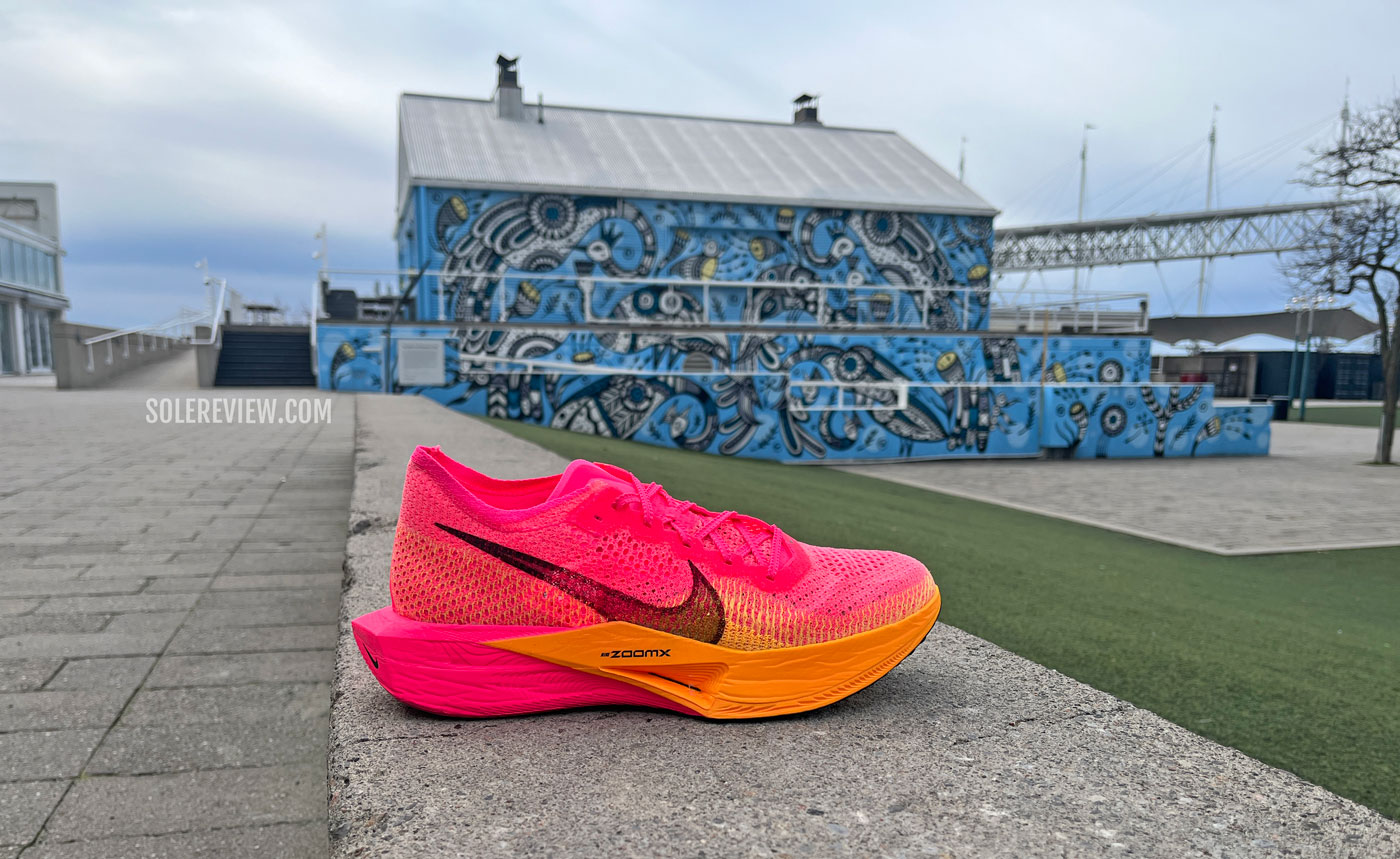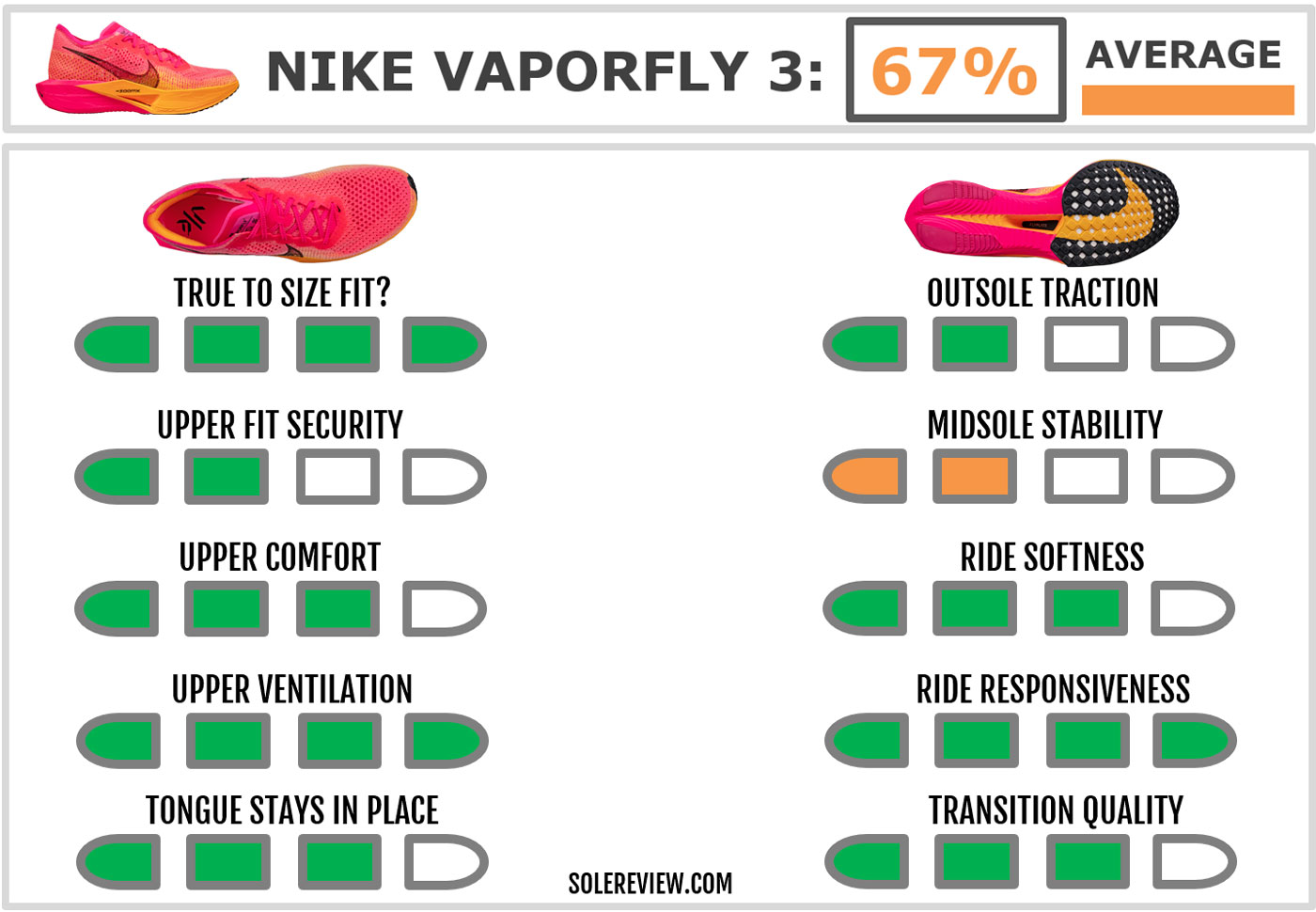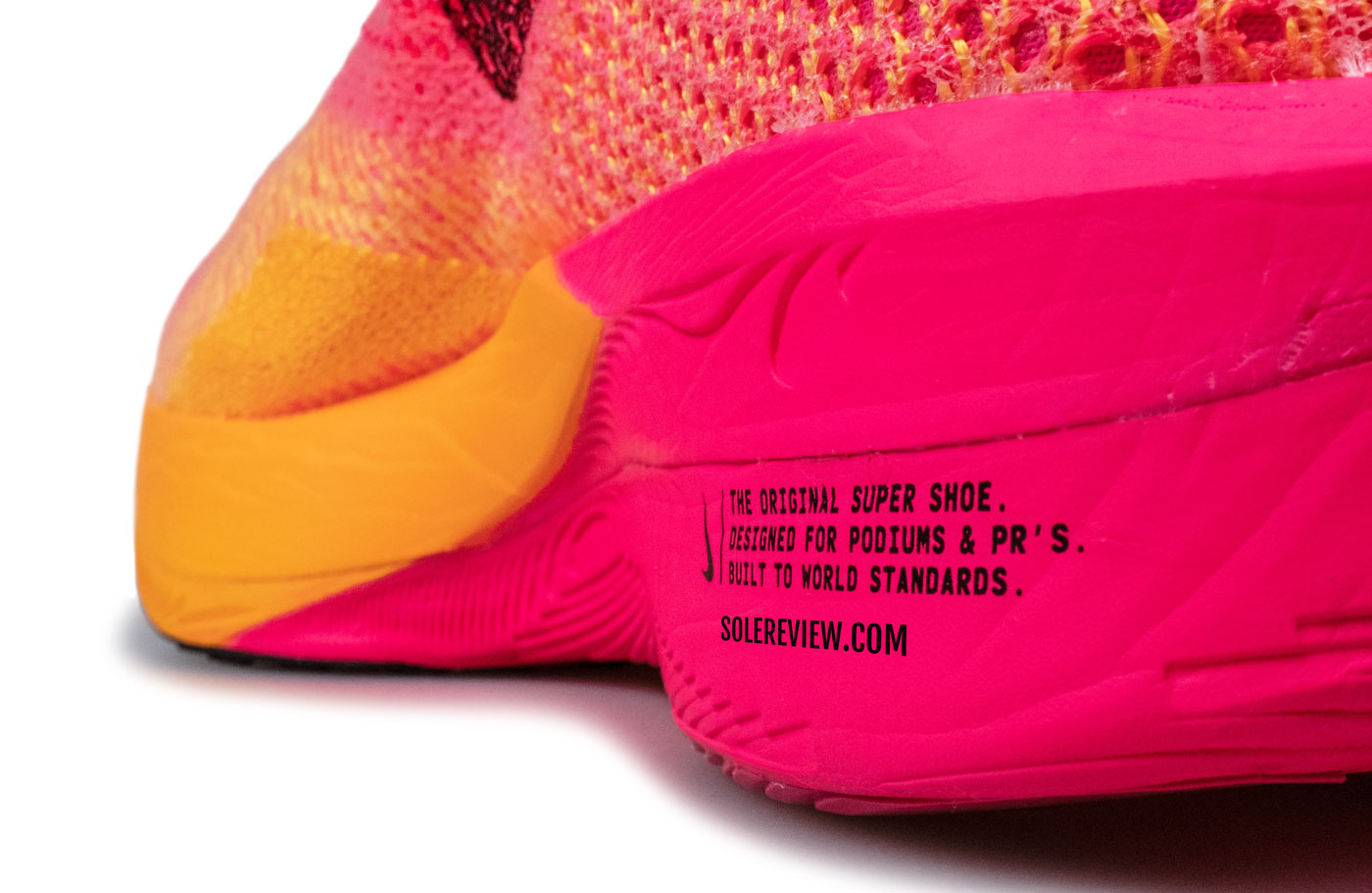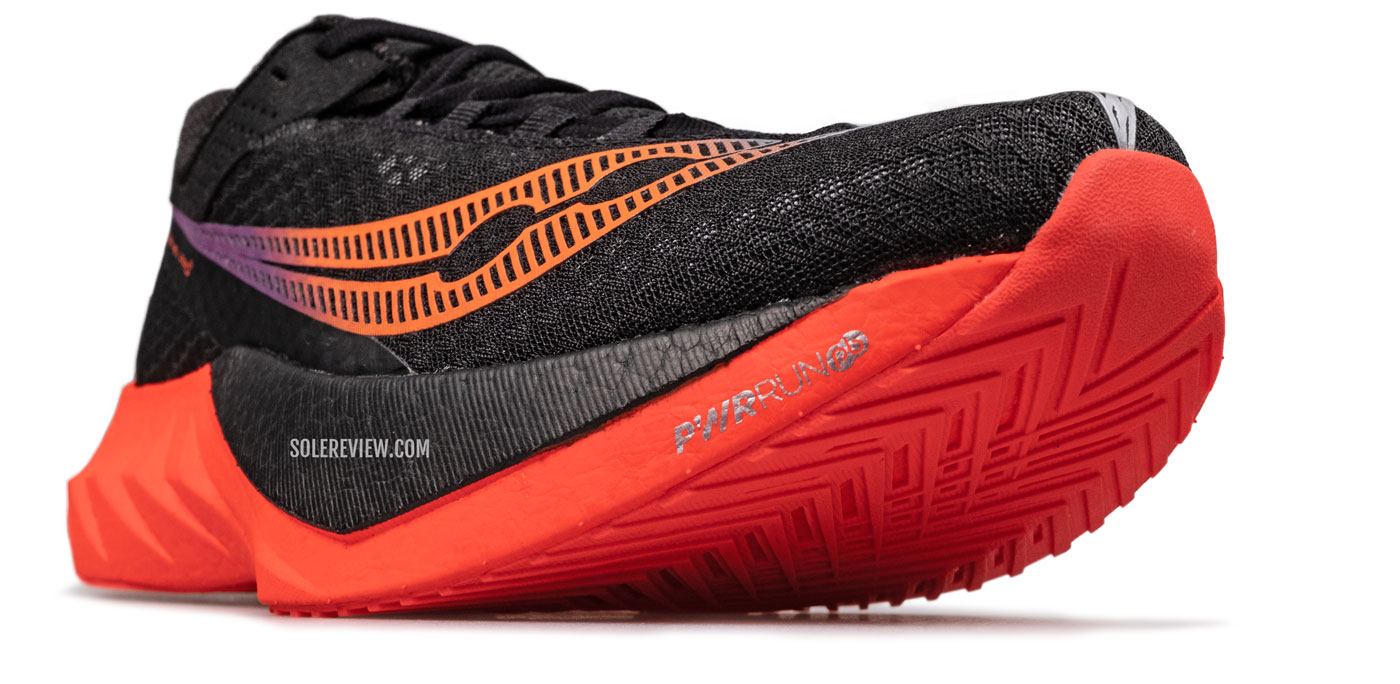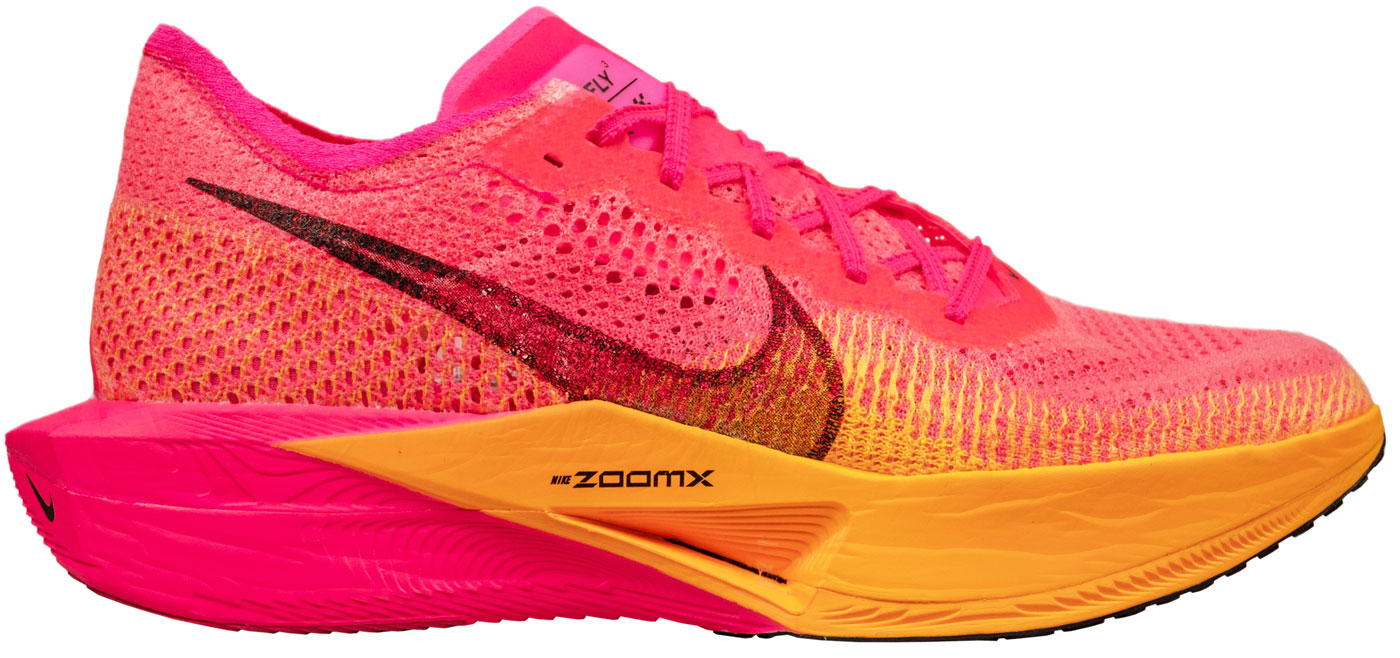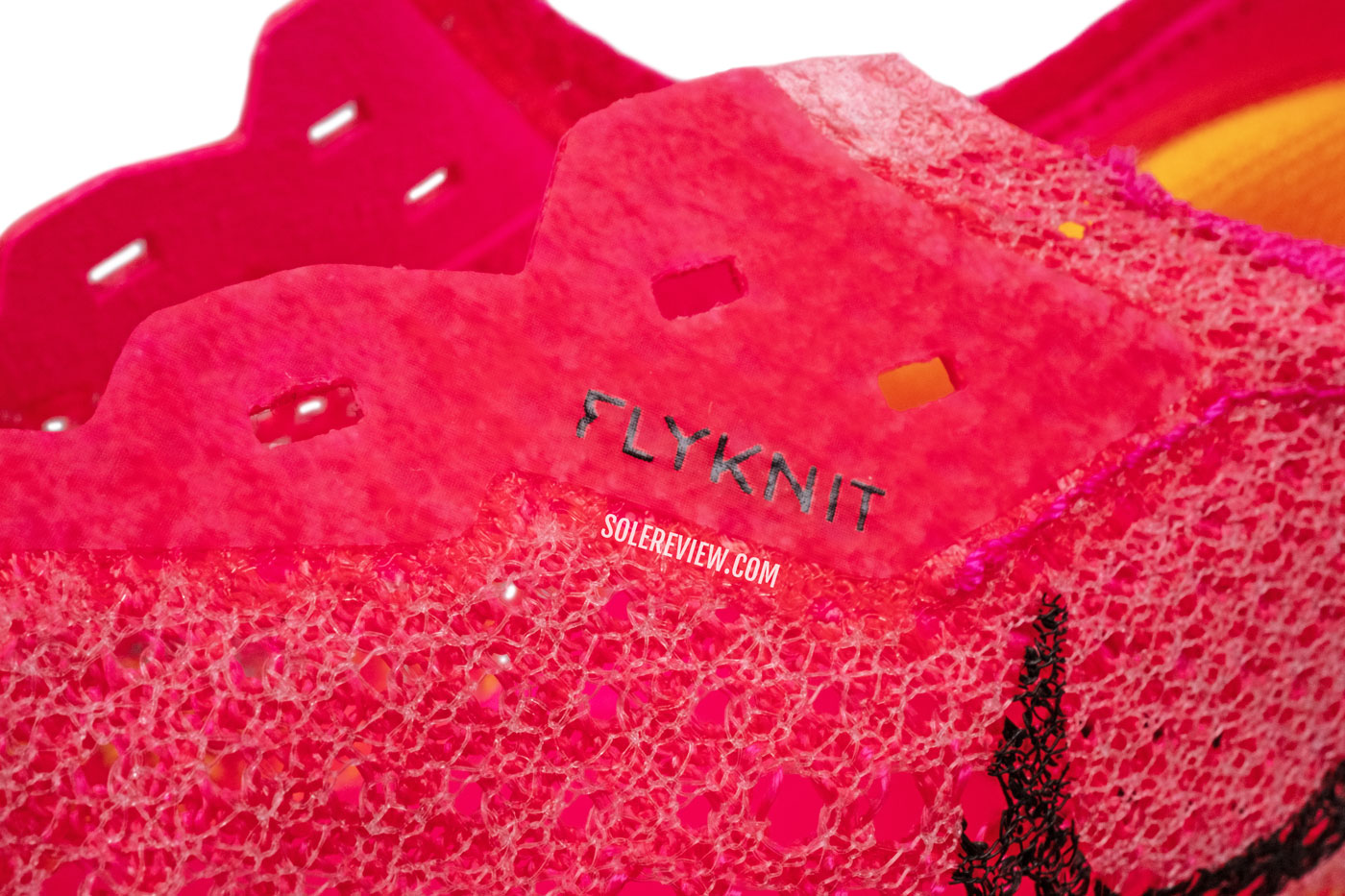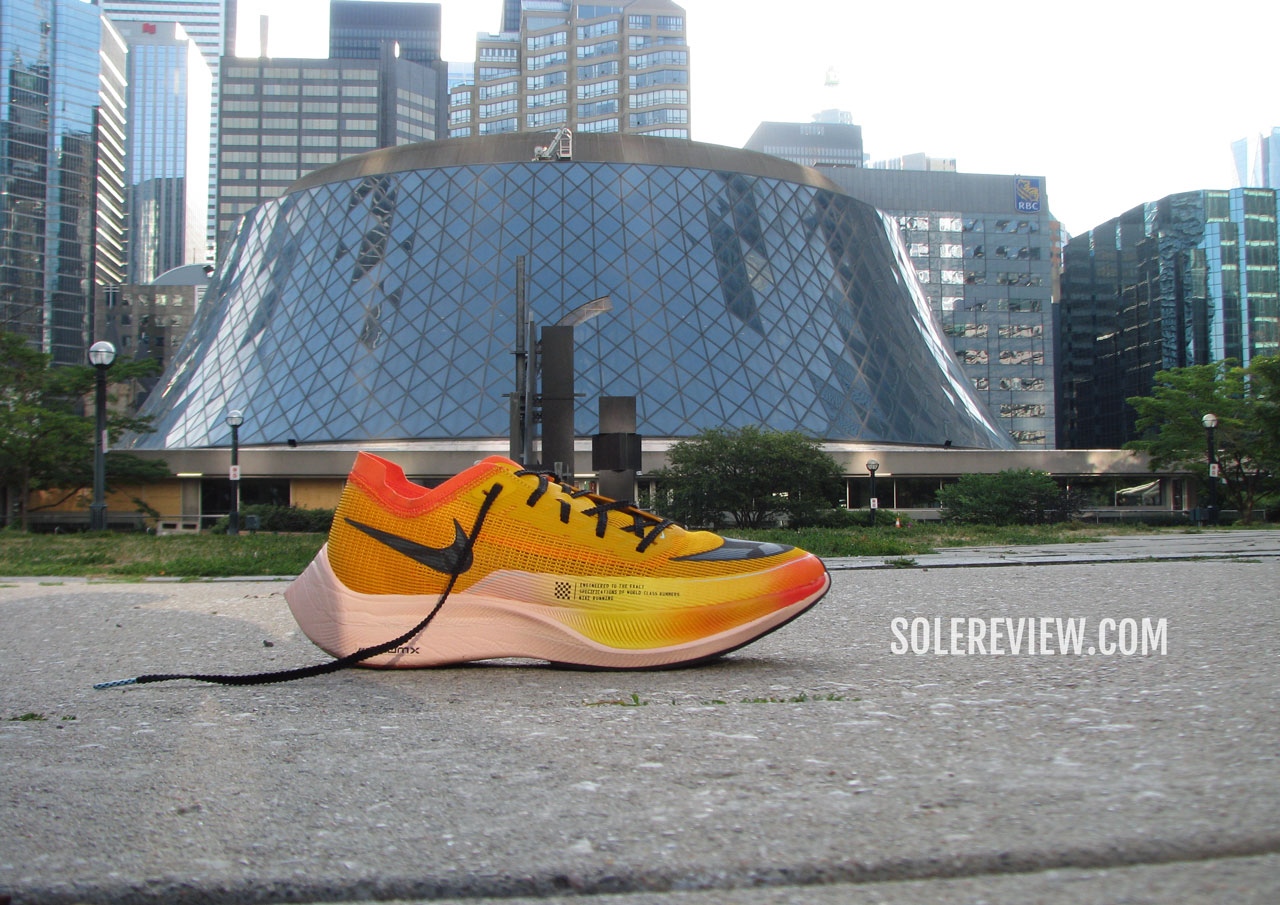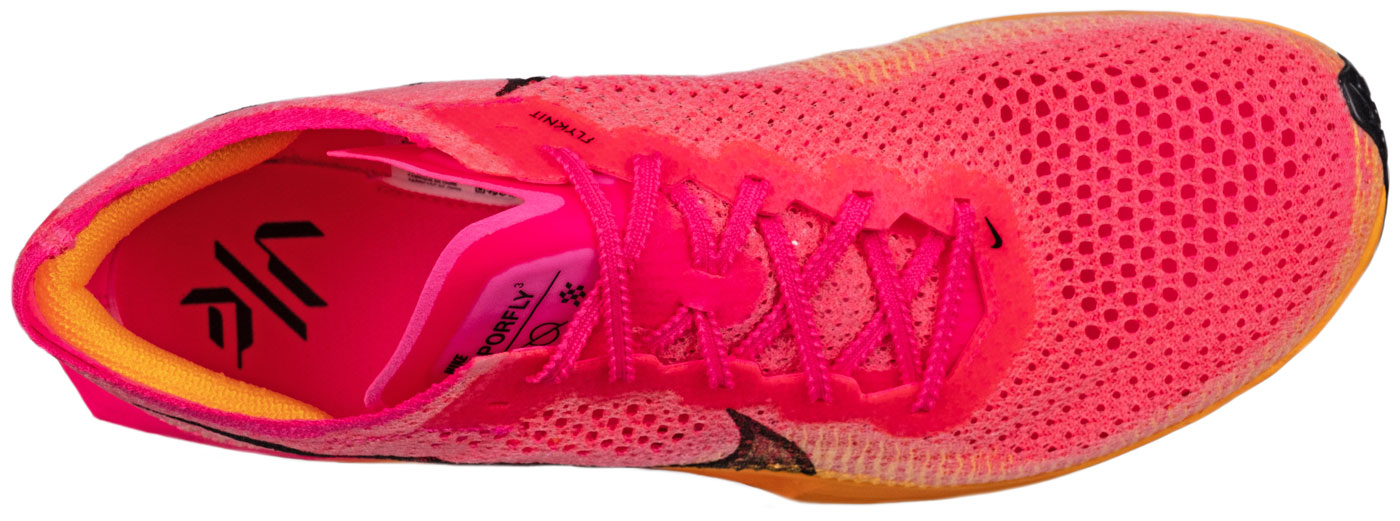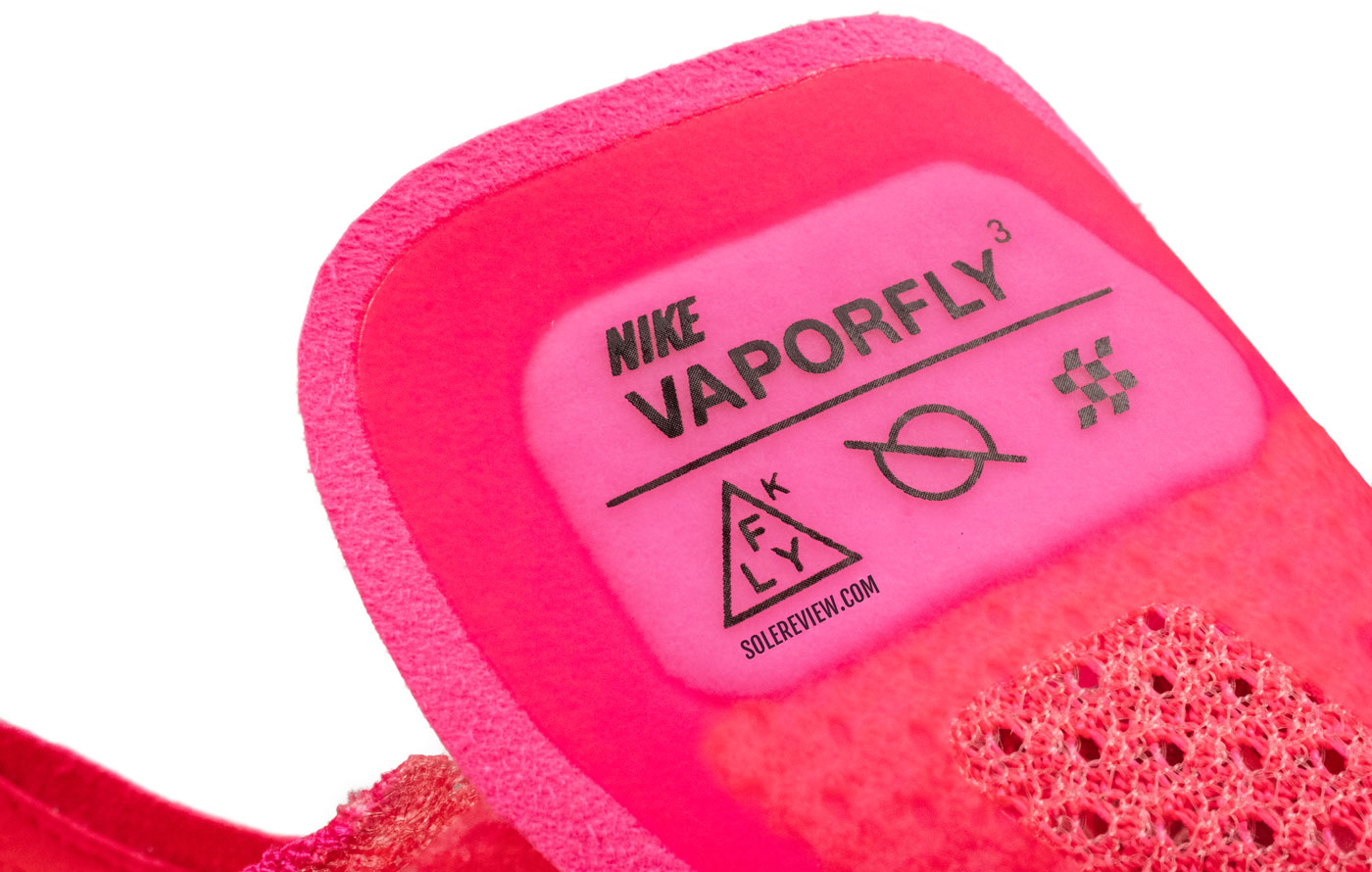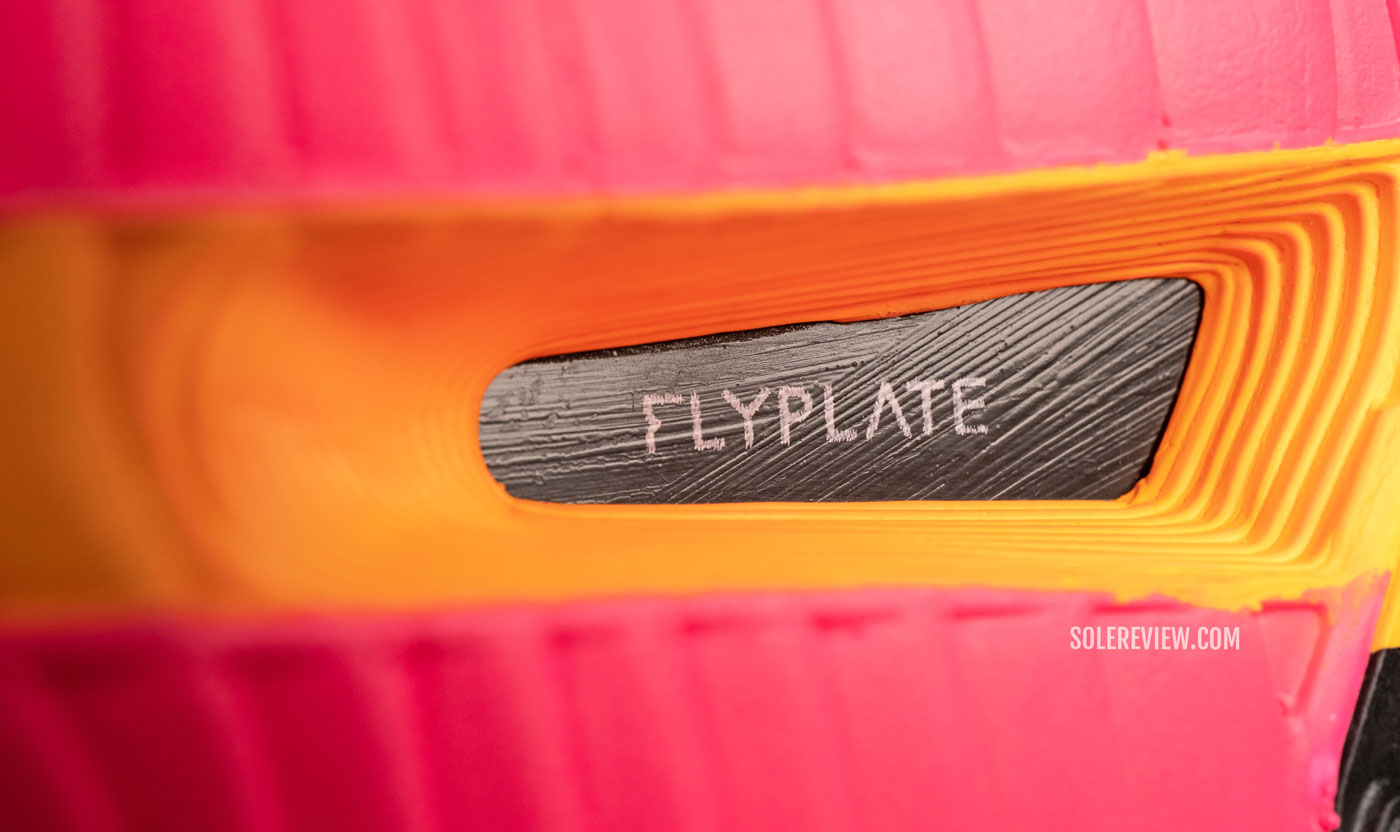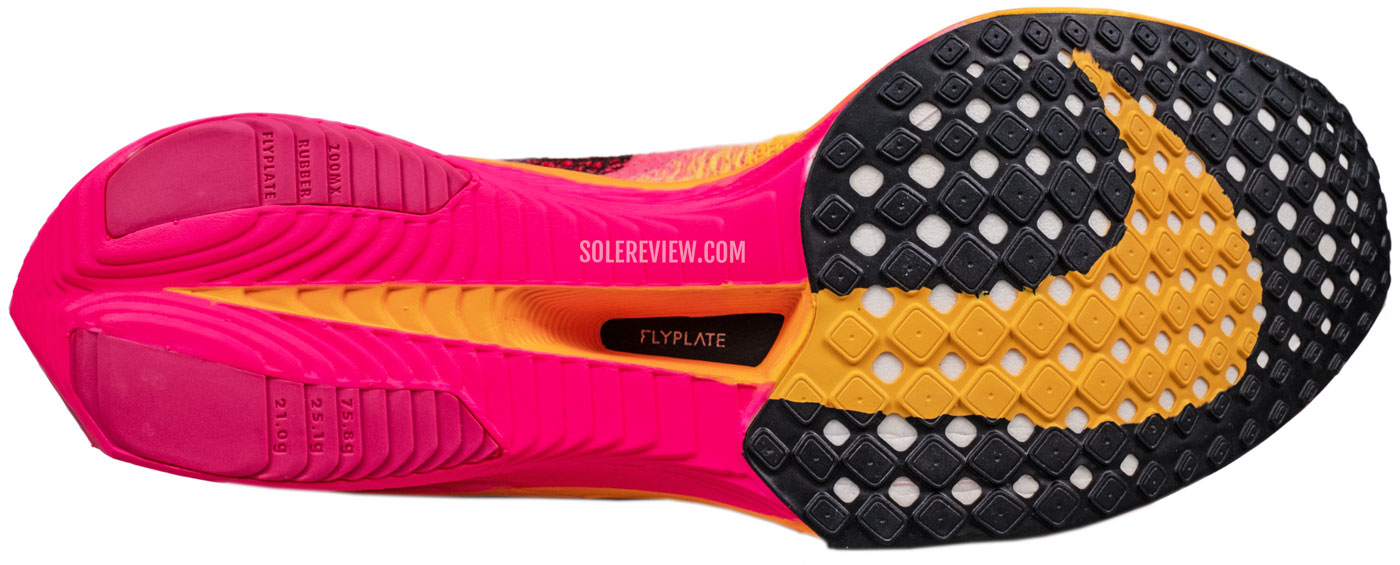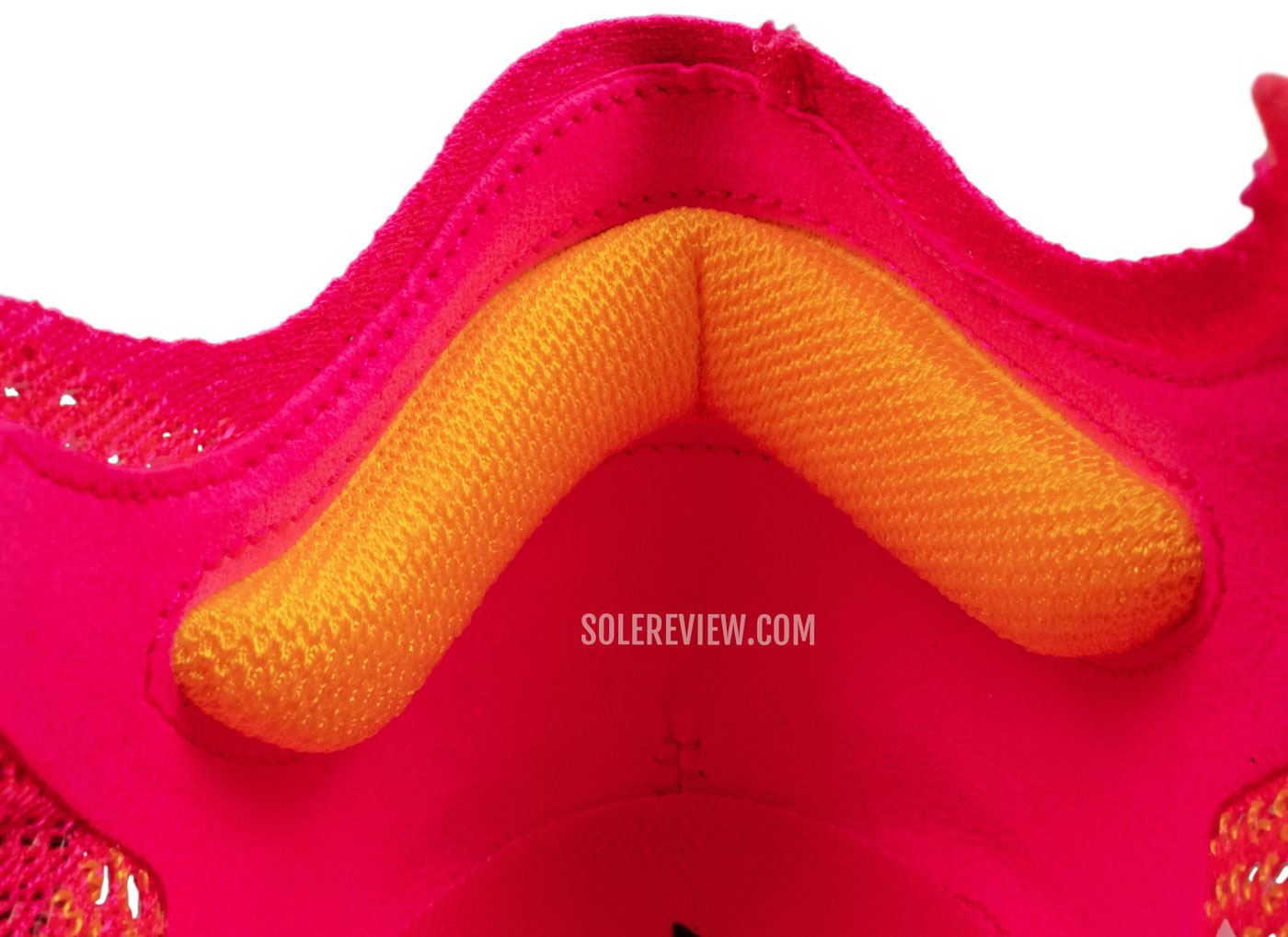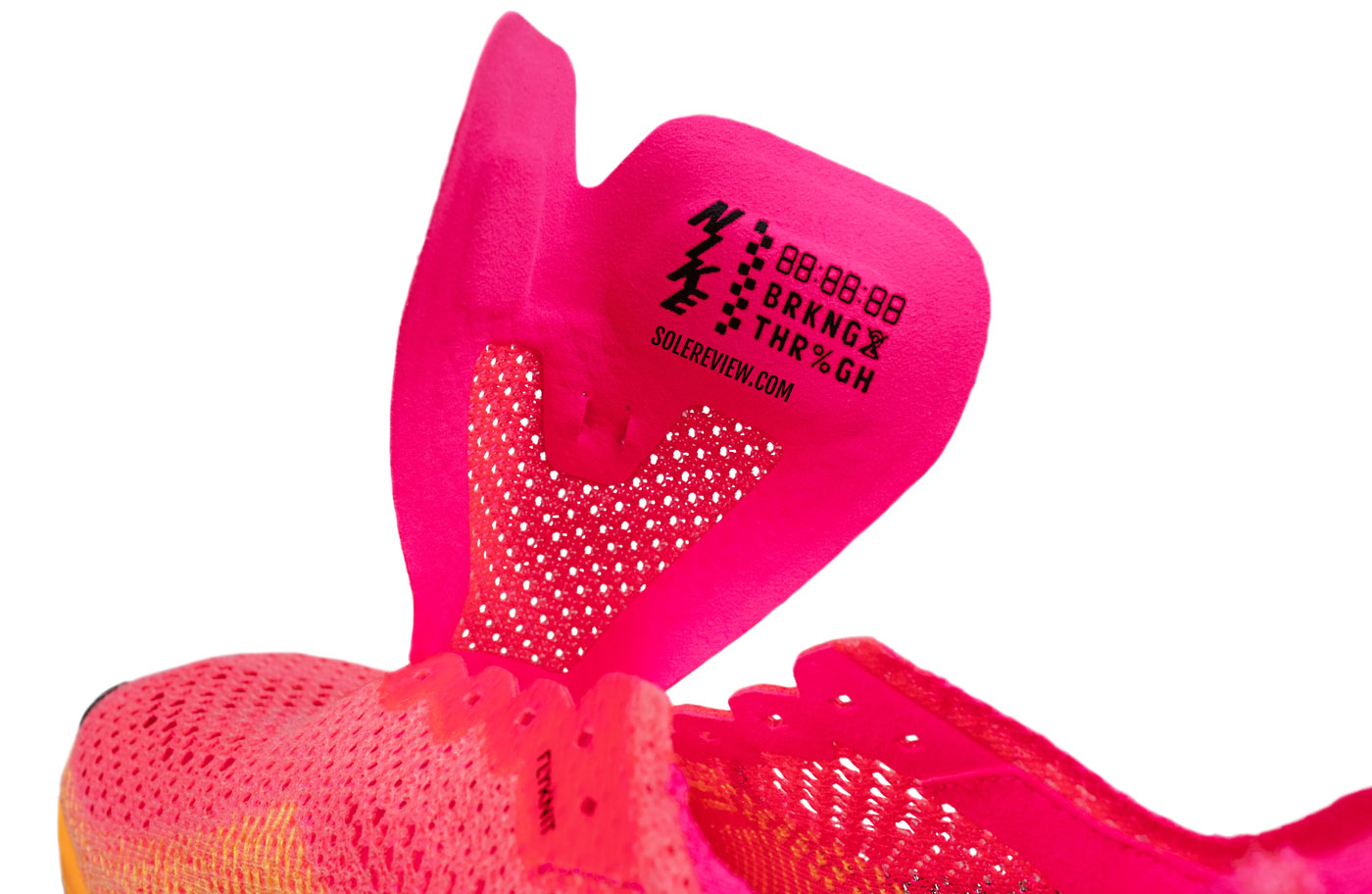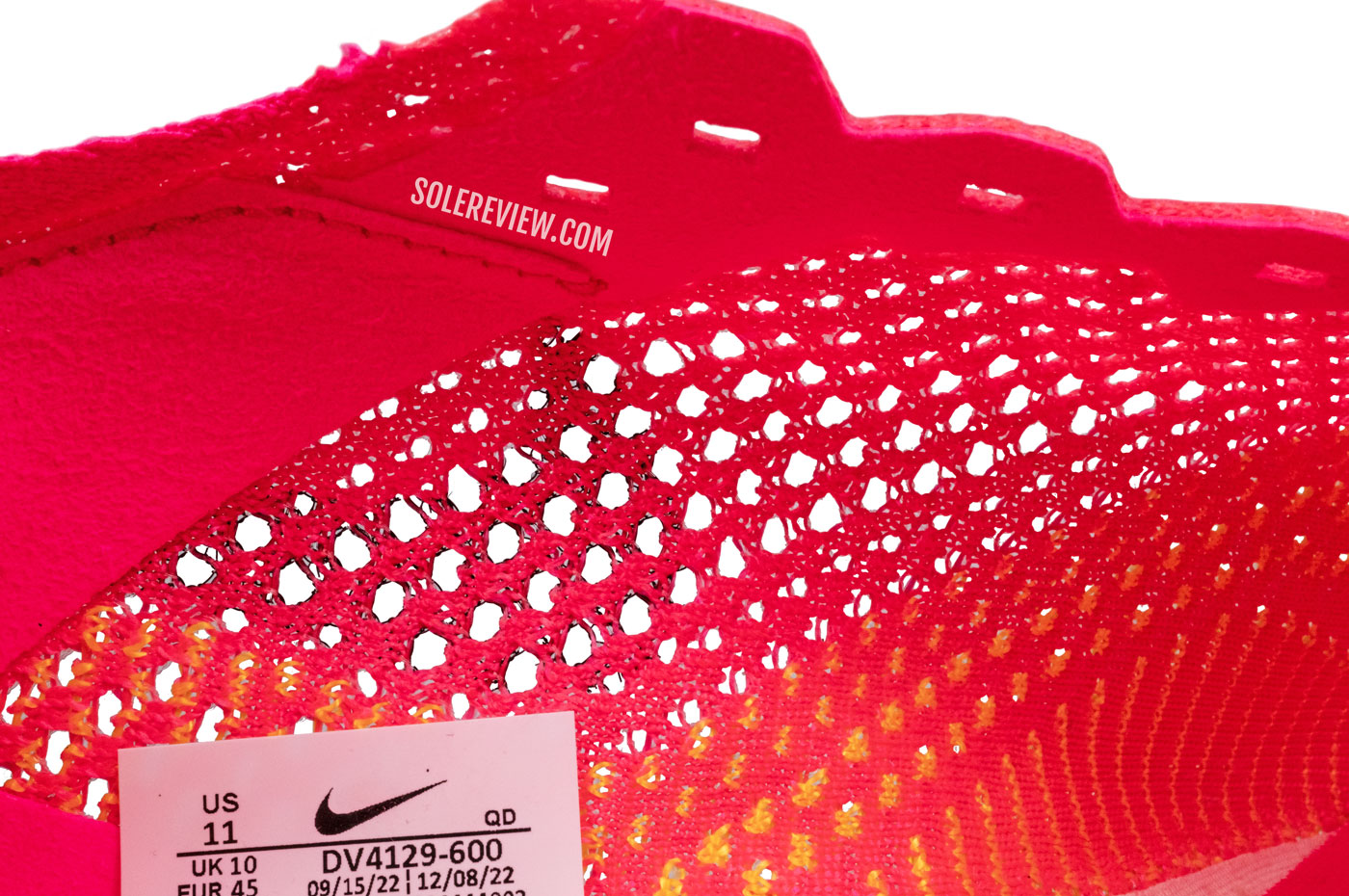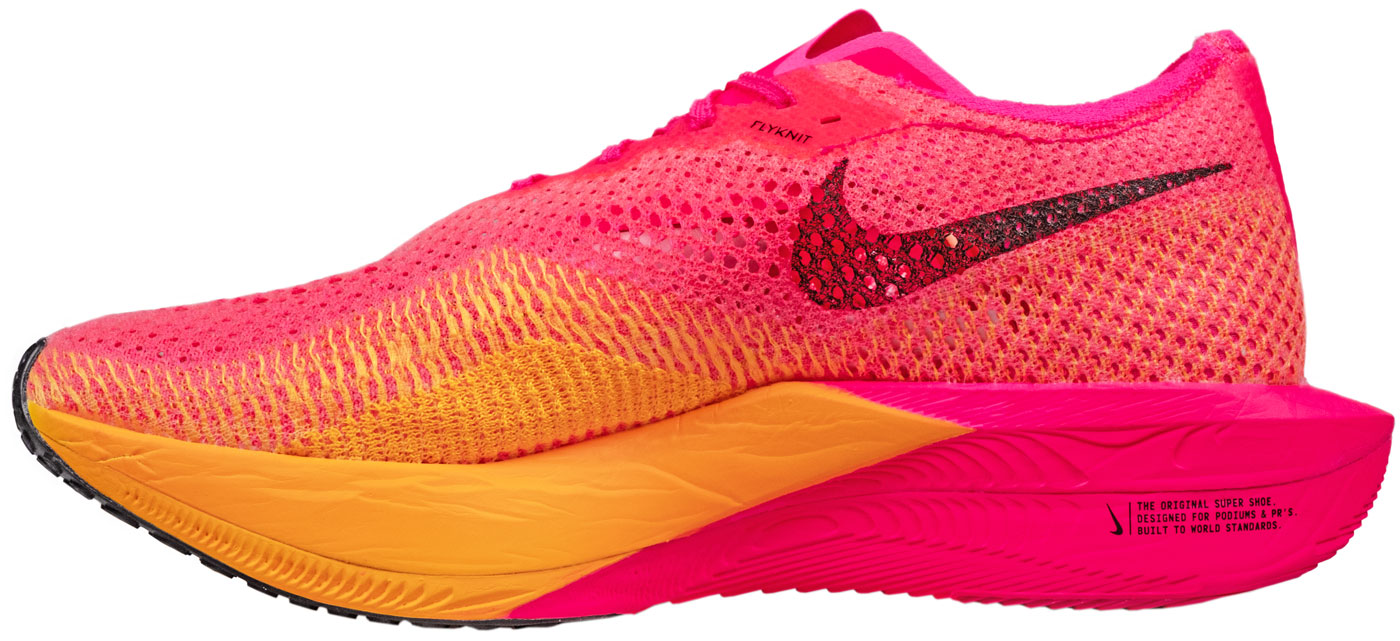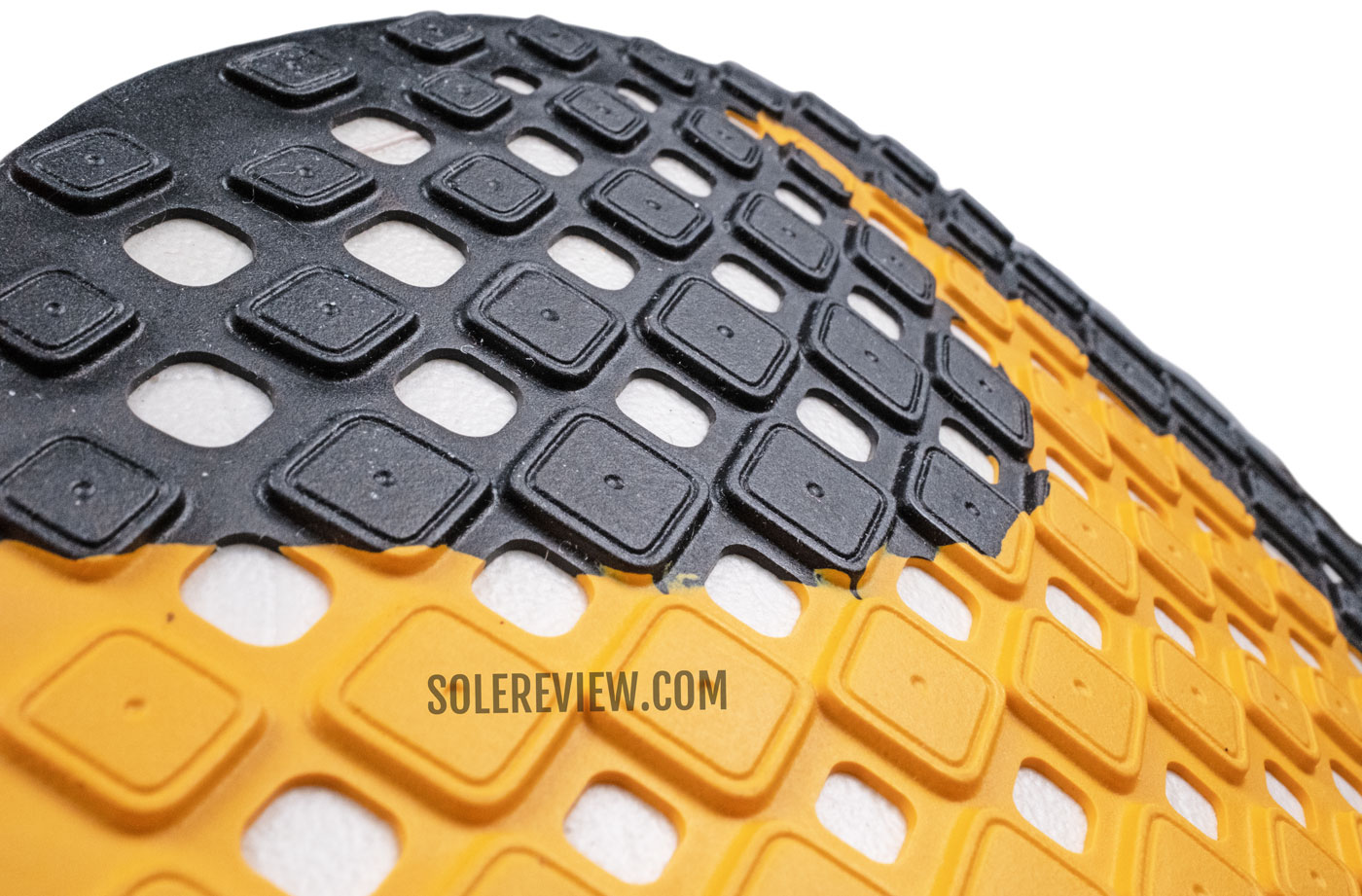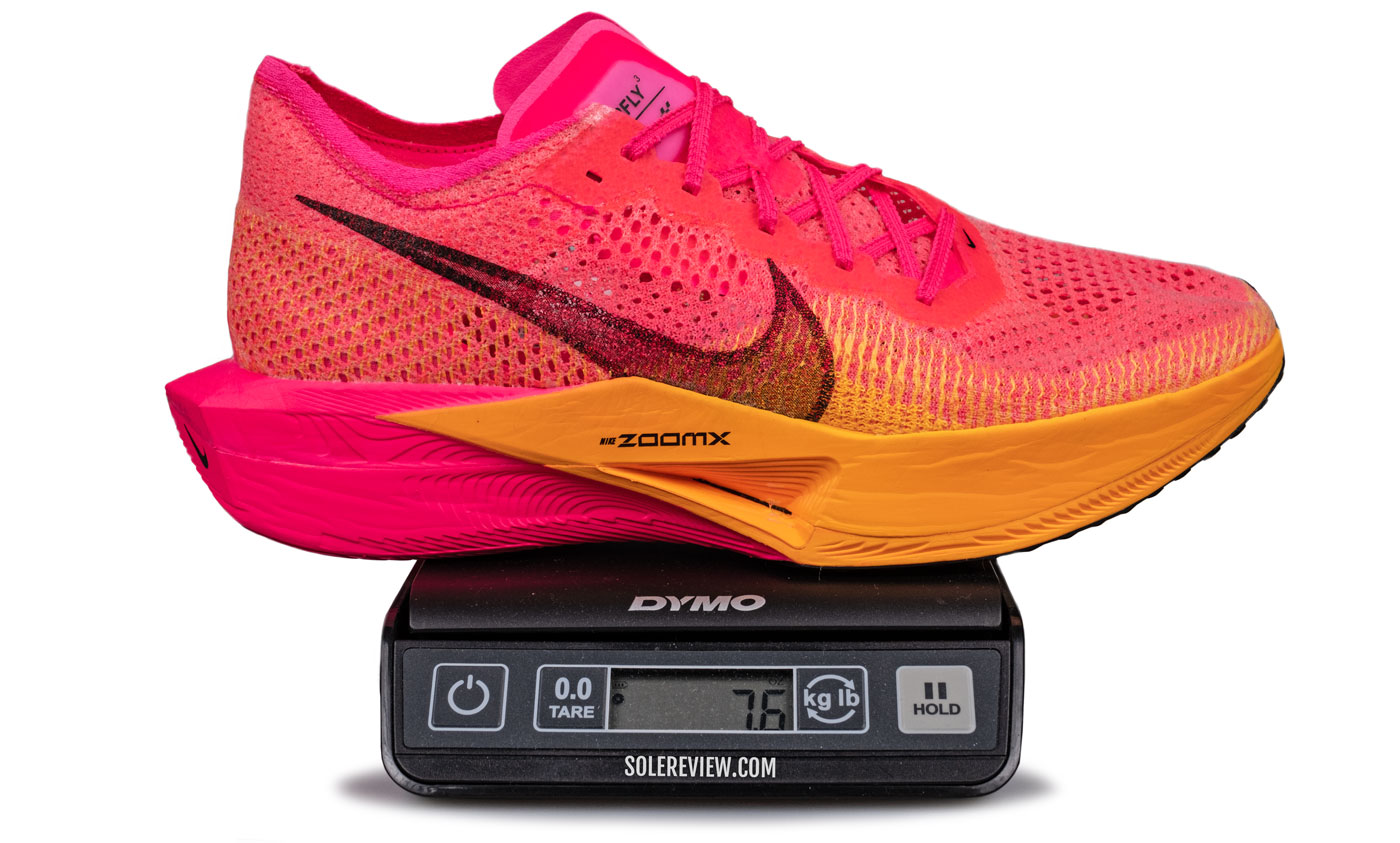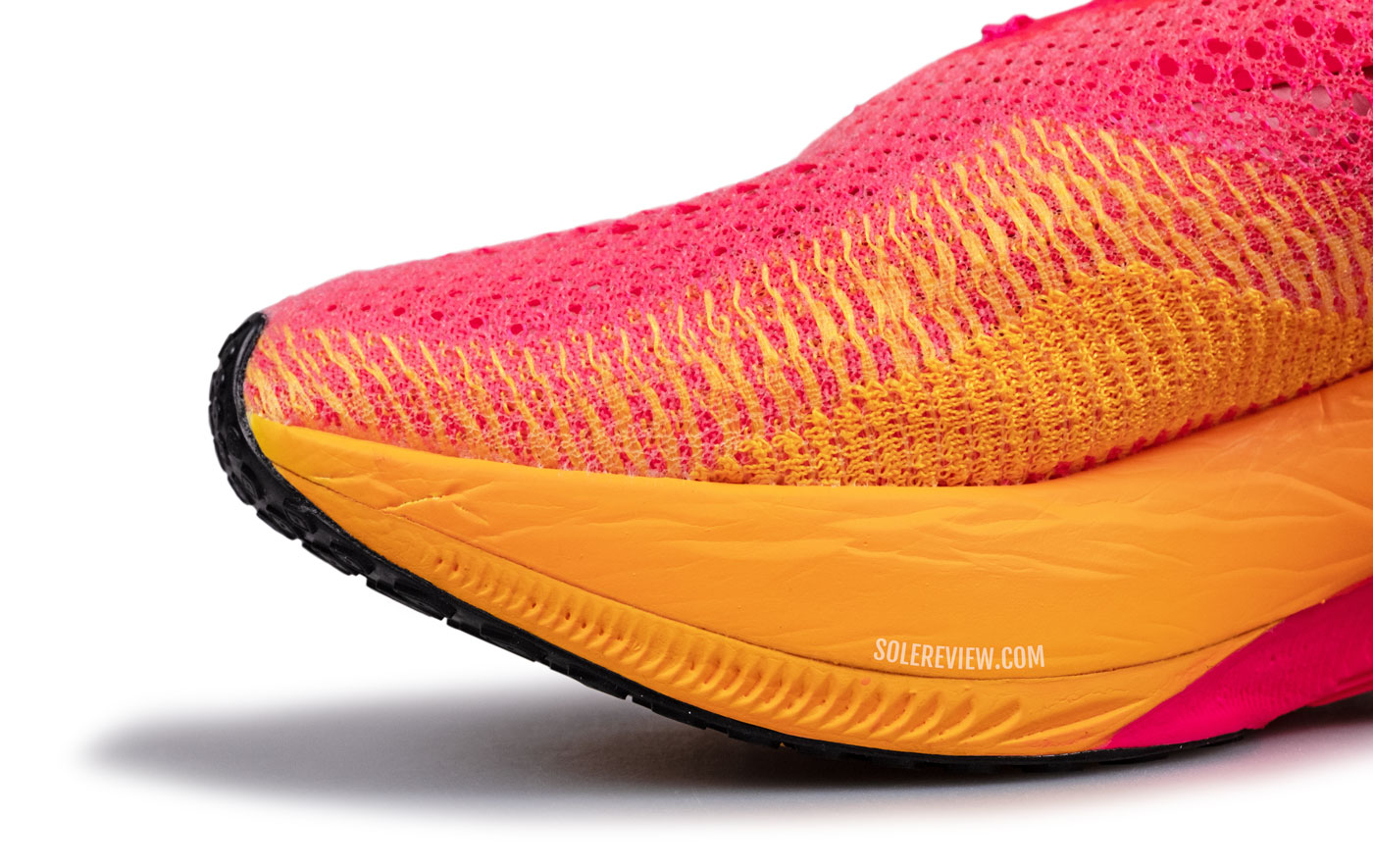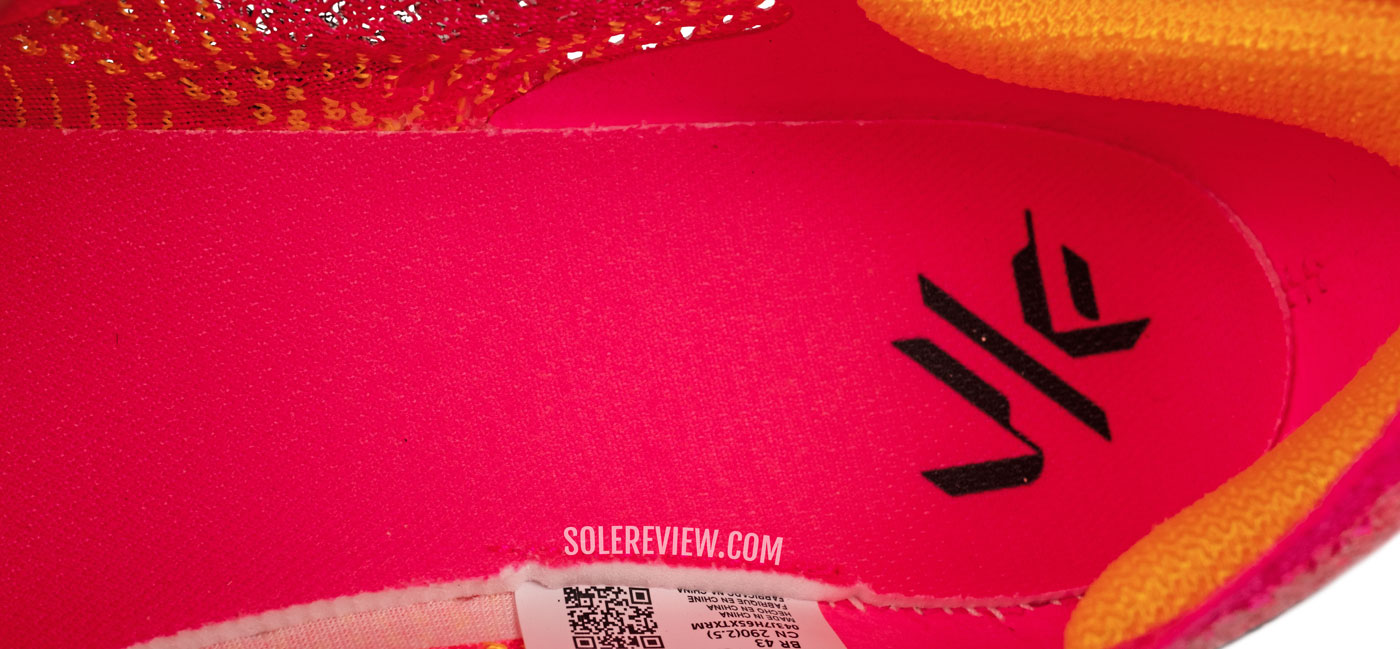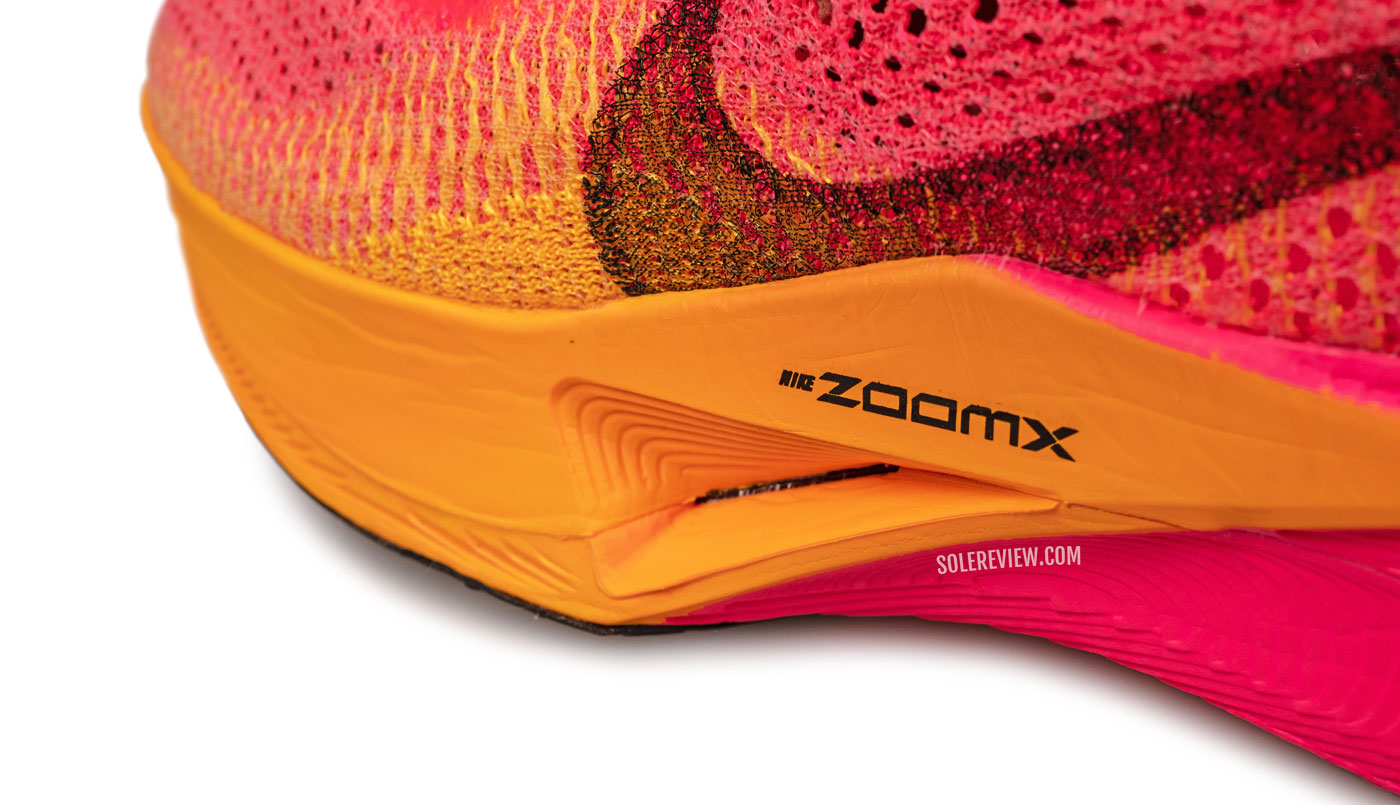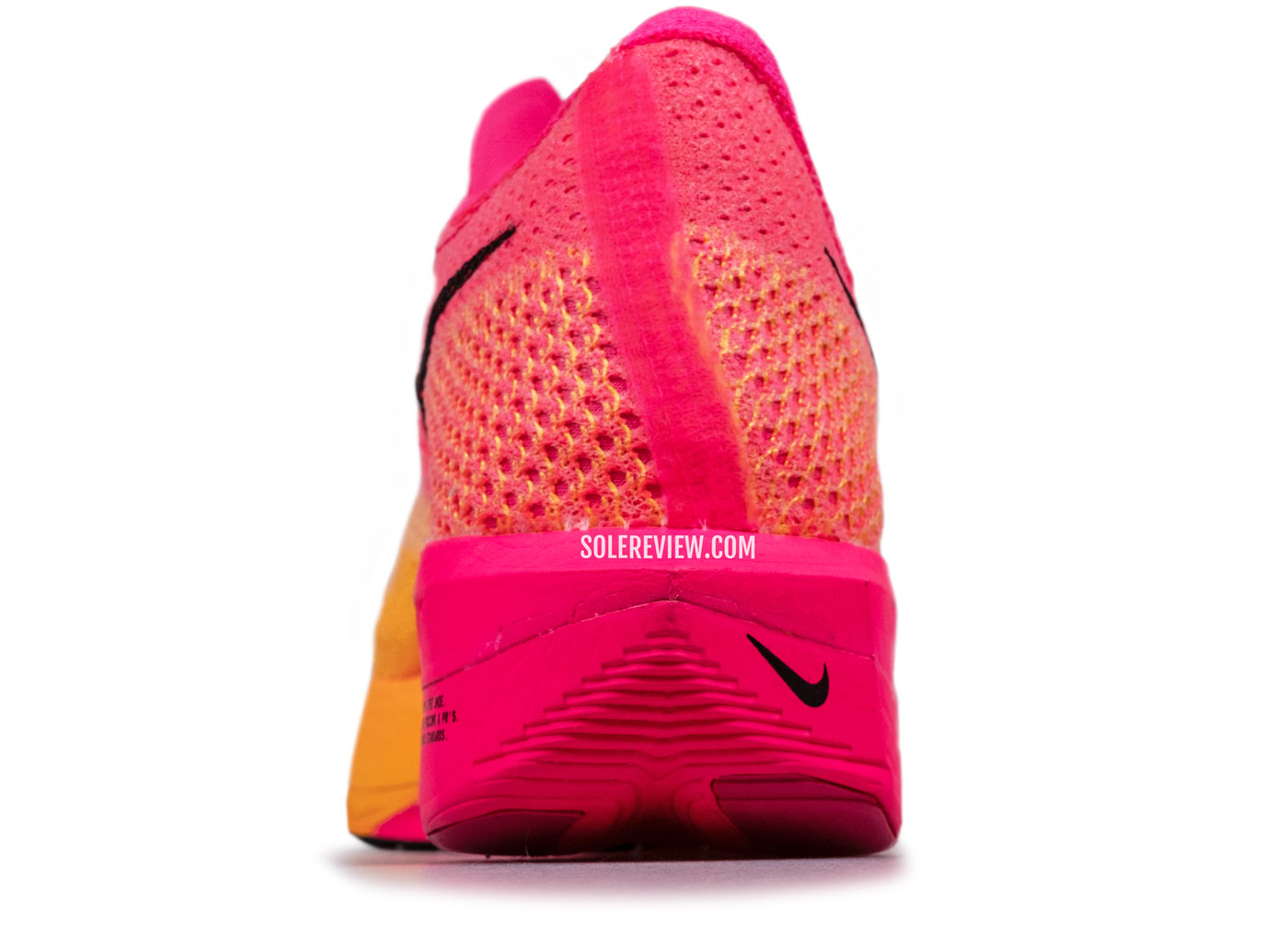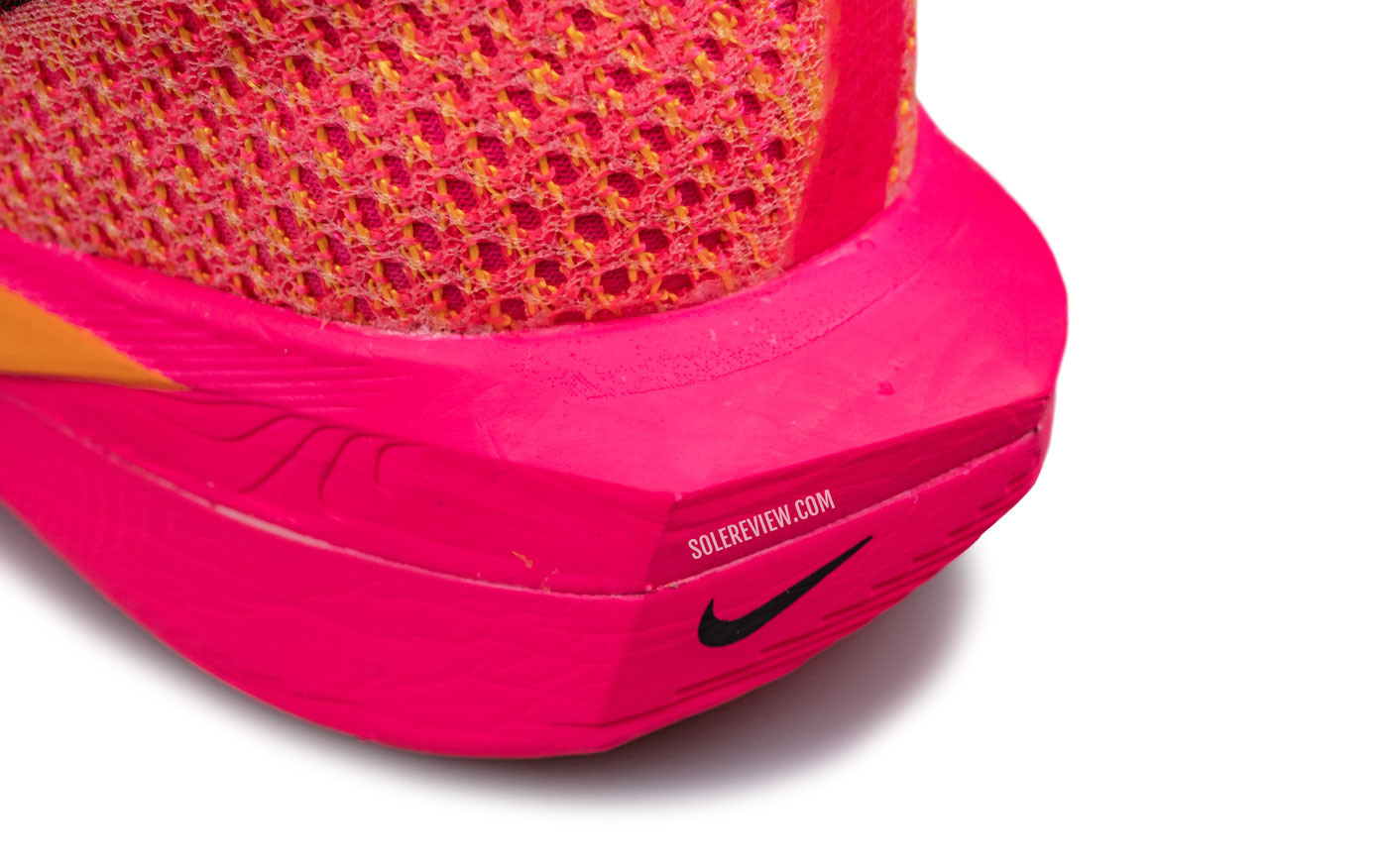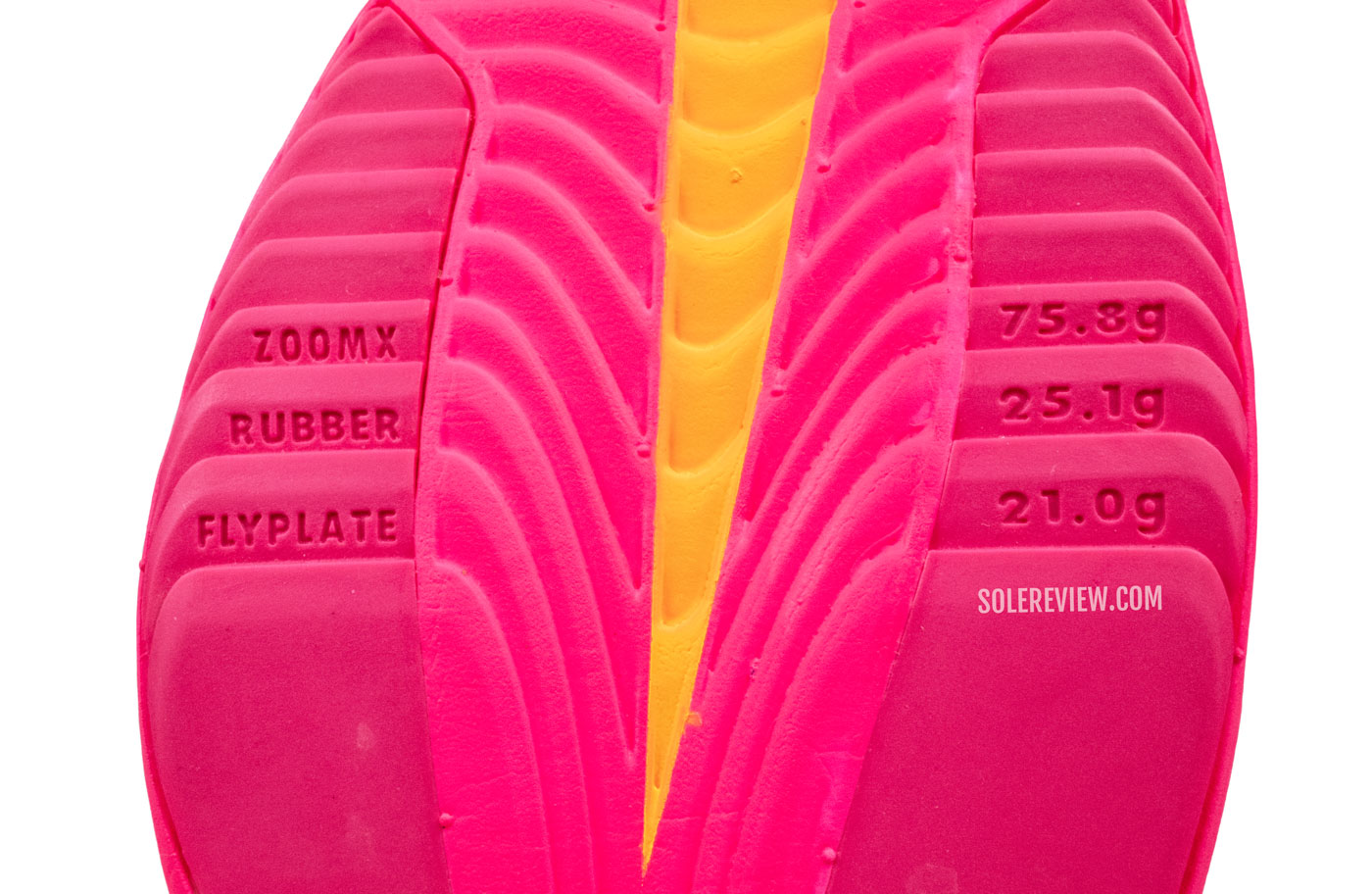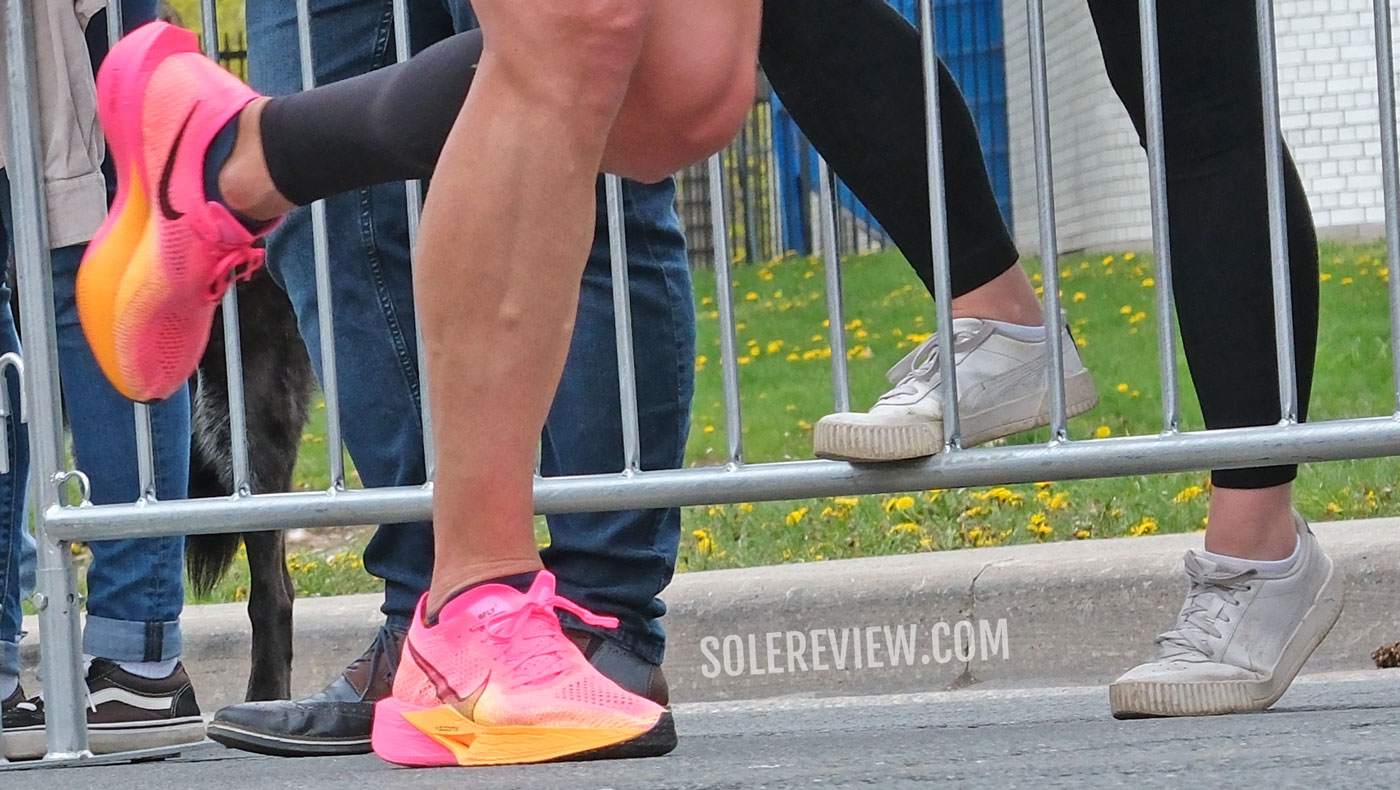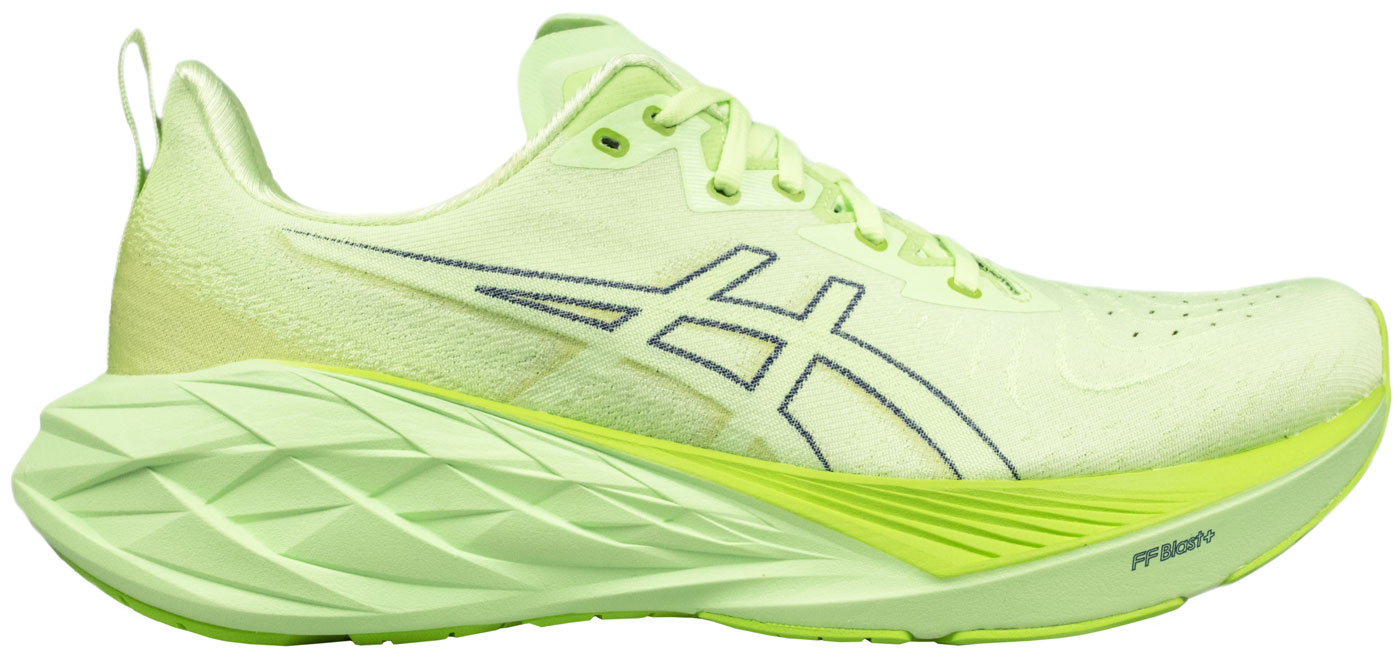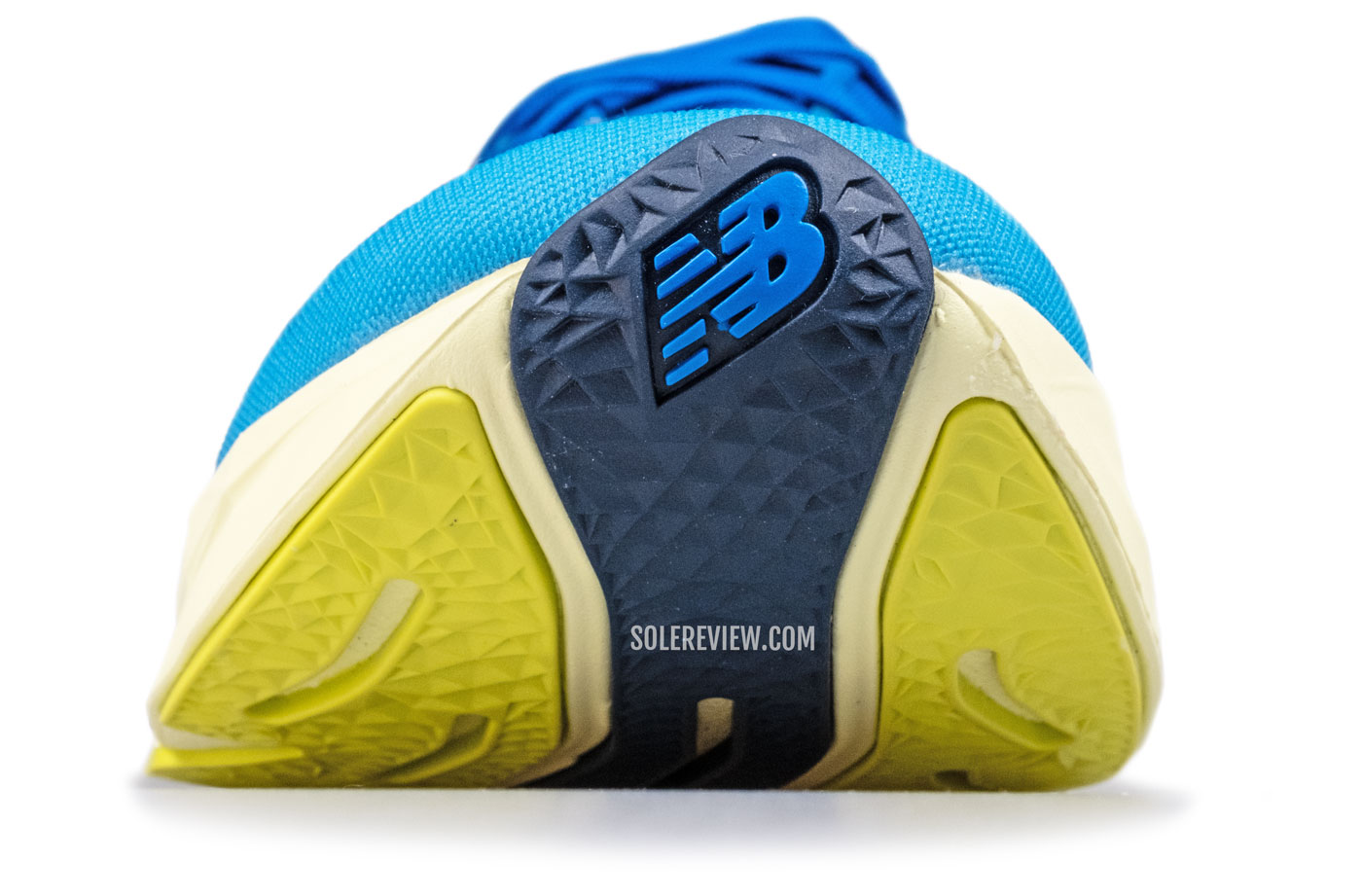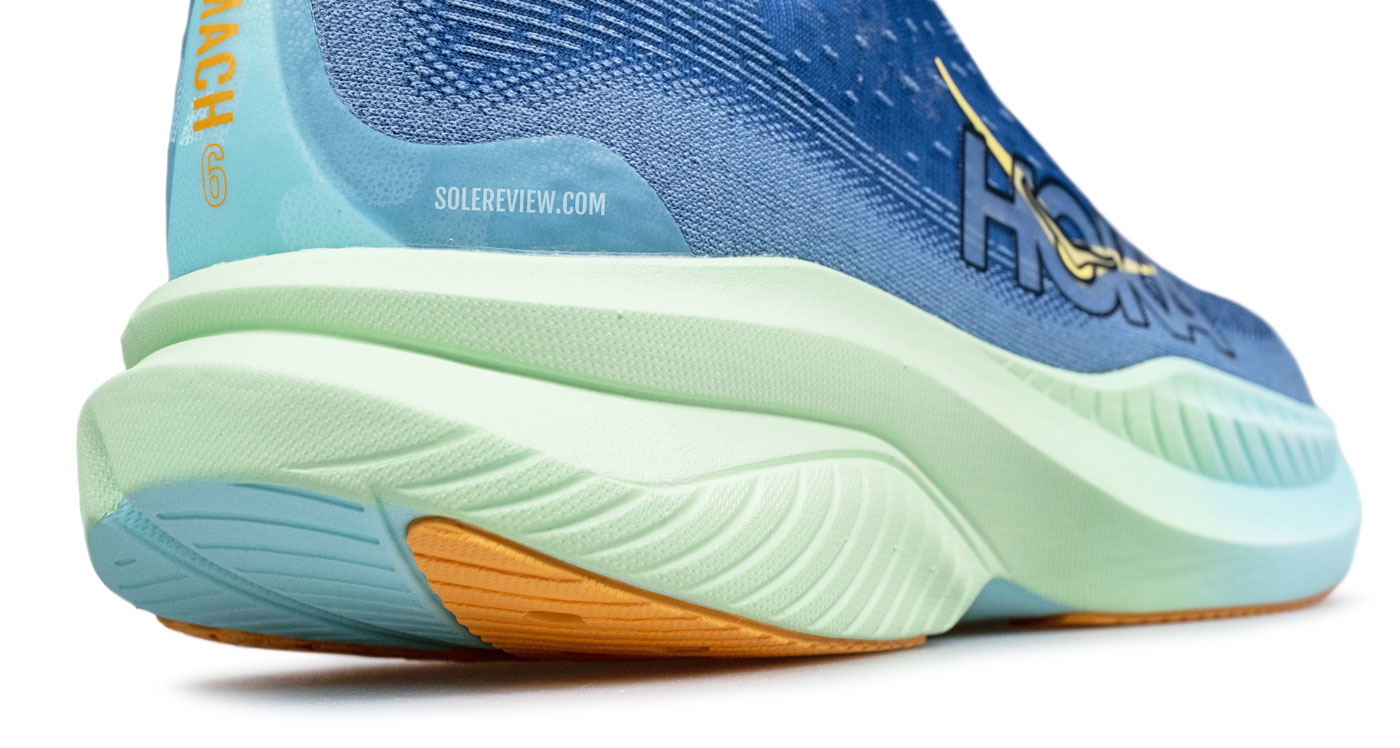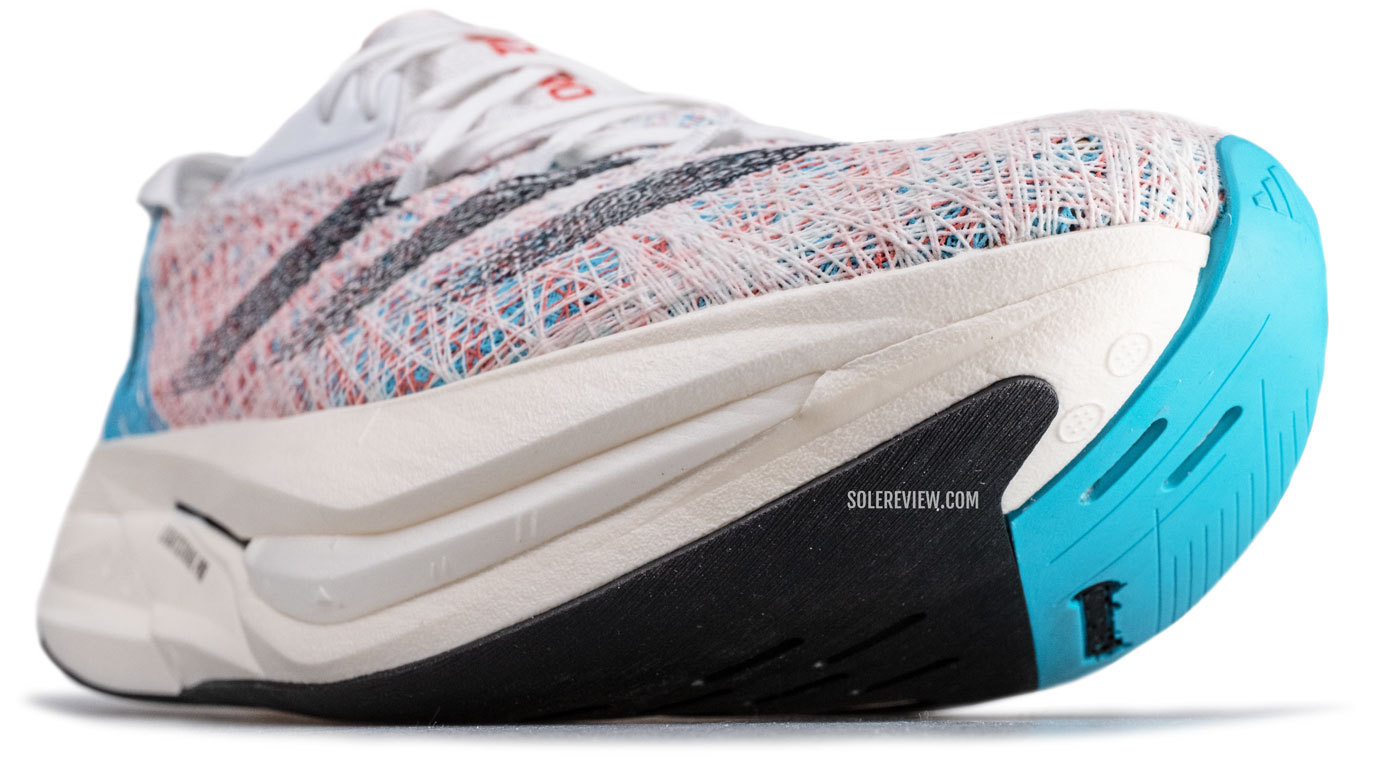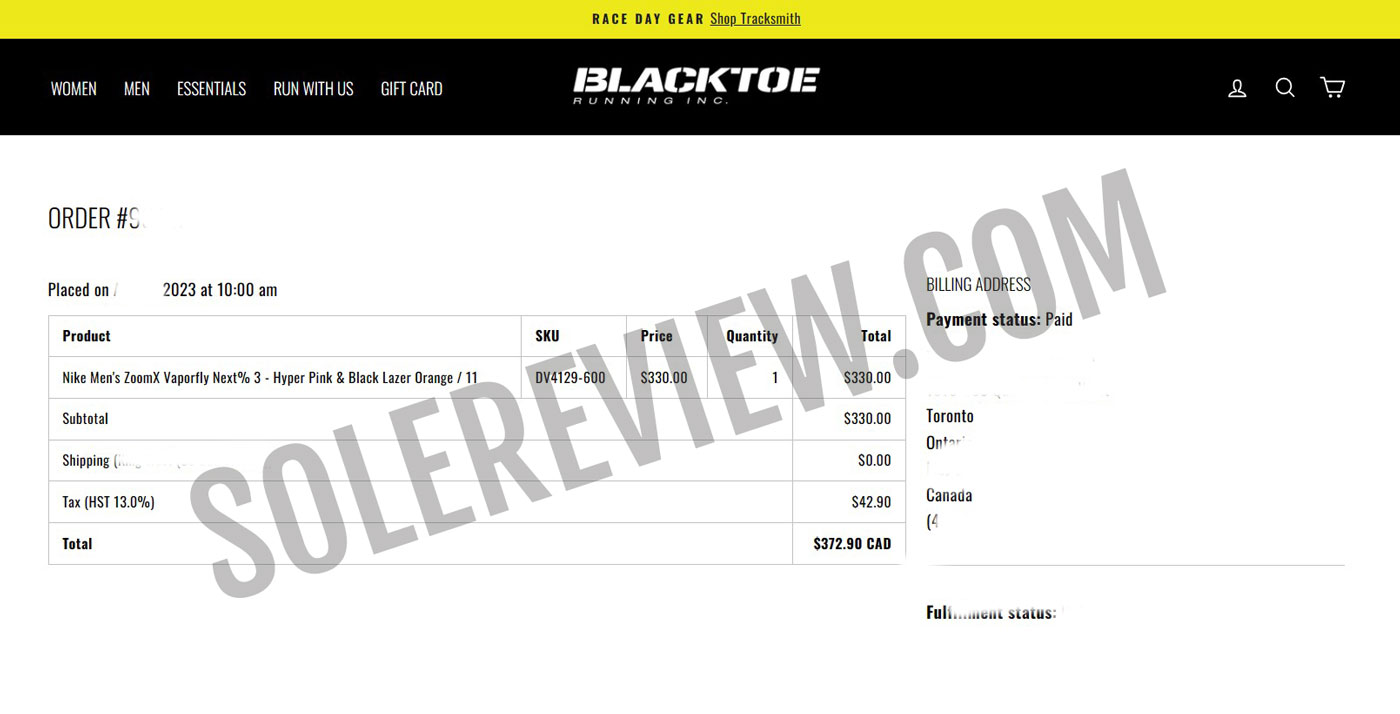
For this review, Solereview paid the full retail price for the Nike Vaporfly 3. The amount is in Canadian Dollars.
Five years ago, if you wanted a running shoe with a PEBA foam midsole and Carbon plate, you had very little choice. The search began and ended with the Nike Vaporfly because it was the only show – or shoe – in town.
Today, things aren’t that simple. The Vaporfly spawned a brand-new industry of super-trainers – running shoes with advanced midsole foams and some form of propulsive component within.
Some shoes, like the Saucony Endorphin Pro and Speed 4, have a plate design similar to the Vaporfly. Others, like the adidas Adios Pro 3, have prong-like tubes with a wider range of motion than a conventional plate. The adidas Prime X Strung 2 takes a page out of Gillette’s playbook and stacks two plates inside its midsole.
Nike sells two other shoes with a plate. There’s the Alphafly 3 with its forefoot Zoom Air bag, and the Zoom Fly 5 is an everyday trainer with a friendly ride.
So how does the Nike Vaporfly 3 fare in a crowd of super shoes? Is there a compelling reason to buy the Vaporfly 3 when a dozen alternatives exist? And more importantly, is the Vaporfly 3 an improvement over the Vaporfly 2?
The original Vaporfly – then in its stretchy Flyknit form – was lightweight carbon-plated minimalism at its best. The Carbon plate introduced the world to the snappy ride character that’s now commonly expected in $200+ running shoes.
The Vaporfly was a purist’s carbon-plated racer that relied on a basic formula. The bounciness of the ZoomX foam complemented the spring-loaded snap of the Carbon plate. Together, they delivered an efficient blend of ride comfort and speed-friendly character.
Also, a solid rubber outsole under the forefoot anchored the base of the plate while also making quick transitions possible.
Equally important was the secure upper that allowed the foot to take full advantage of the plated midsole. A tighter fit is of greater importance on a racing shoe than a daily trainer, as it’s better at transferring the power from the foot to the midsole.
The Vaporfly wasn’t flawless, though. The rearfoot stability was terrible, the midsole scoffed at heel strikers and slow paces, and one could expect chunks of ZoomX foam to separate from the outsole over time. It was strictly a race-day shoe and for 4-5 weeks of pre-race training, and Nike never suggested it was anything but. The Vaporfly has always worked best inside a rotation of multiple shoes rather than as a standalone, do-everything trainer.
The Vaporfly 2 Next% was a strong follow-up act. The upper fit was excellent, and the changes made to the outsole made it relatively less susceptible to superficial damage. While the stability was still mediocre, it had all the magic of what made the Vaporfly special.
We wish we could say the same about the Vaporfly 3. Compared to the previous models, the forefoot has too much room. This change negatively affects the midsole behavior, as the power transfer from the foot to the ground is nowhere as efficient as the Vaporfly 2. Compared to the previous model, the foot is almost swimming inside the upper.
A weaker connection to the ground causes two things to happen. The foot doesn’t get the full feel of the ZoomX foam under the forefoot. That leads to part two, which is the snap of the Carbon plate.
The springboard effect of the Carbon plate is the most effective when it’s anchored firmly under the forefoot. A snug upper locks the foot down on the ZoomX foam and plate, and that heightens the snappy sensation. A looser upper has the opposite effect by diluting the snapback feel.
It’s nearly impossible to achieve a locked-in feel on the Vaporfly 3. The obvious lack of forefoot fit security is also noticeable when turning into fast corners. The forefoot slides around instead of being securely held in.
The Vaporfly 3’s softer forefoot outsole is also a step backward, as there’s a greater transition lag over the firmer outsole of the Vaporfly 2.
And what kind of updates lead to such a drastic change in the overall fit?
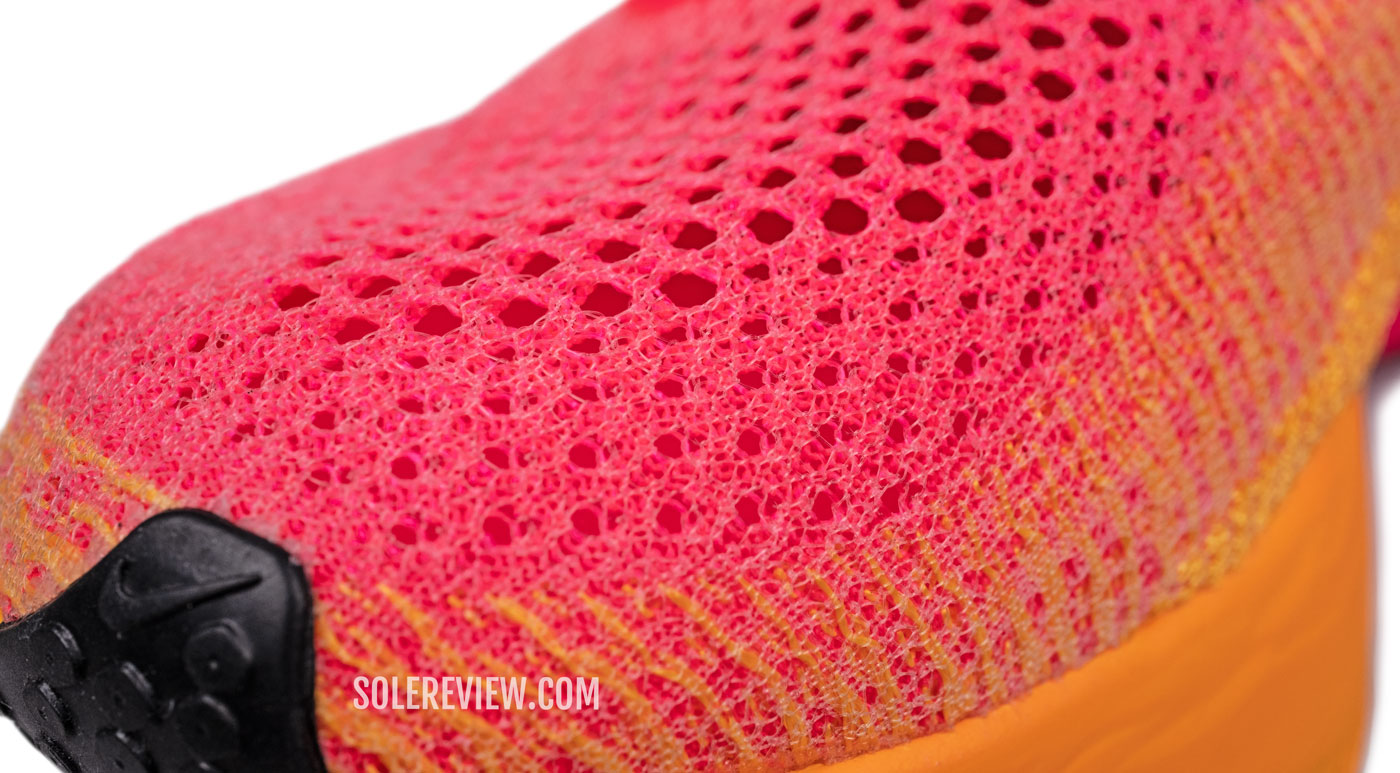
The upper loses the fused logo and side panels from the Vaporfly 2. These changes make the forefoot very spacious – which is not desirable on a racing shoe.
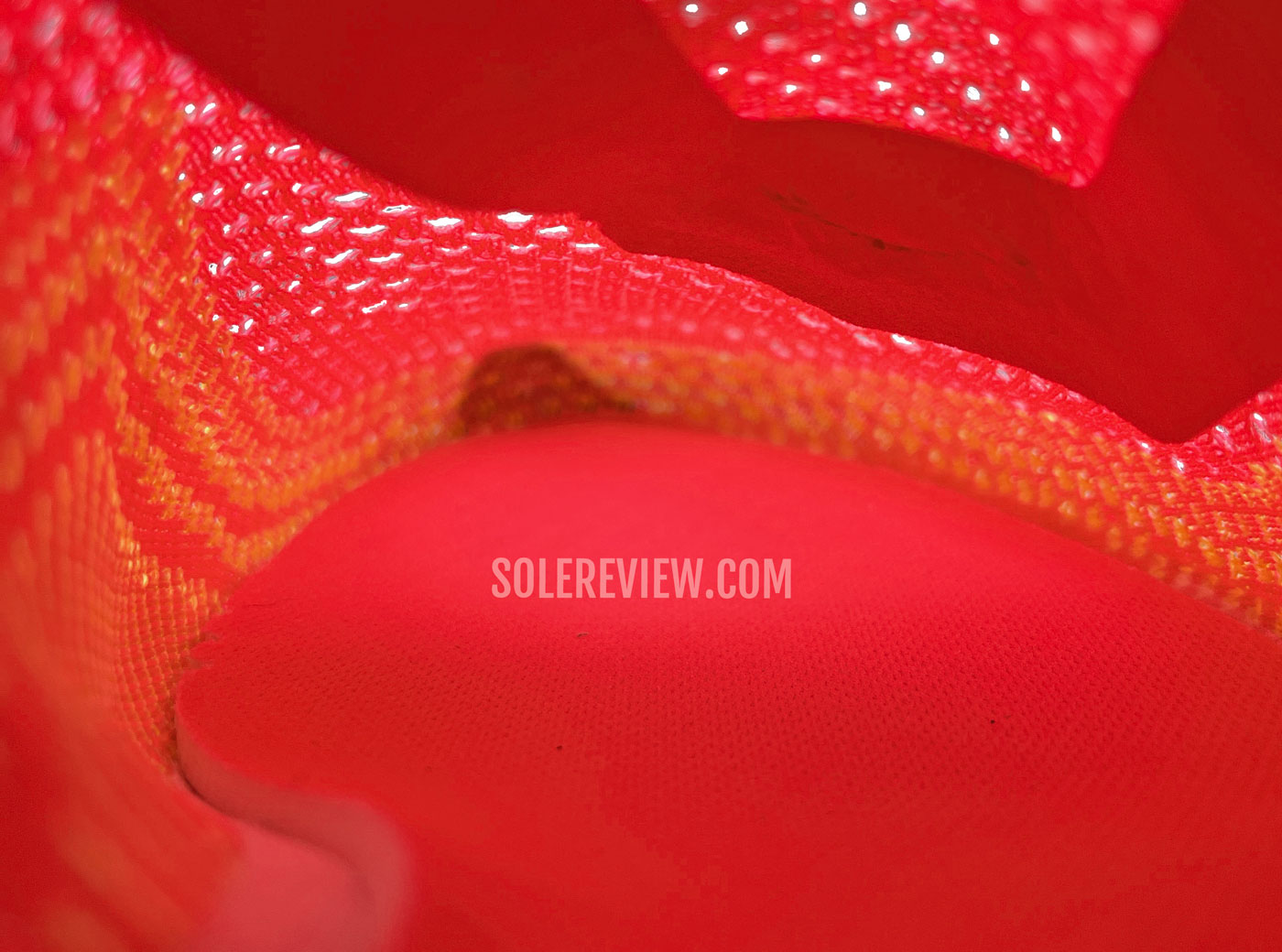
There is a time and place for a spacious forefoot fit, but a racing shoe can certainly do without it.
Some of them are quite obvious. The Vaporfly 3 gets rid of the fused toe bumper, as well as the side panels and large Swoosh on the top. The mesh has a much looser structure, so that frees up space as well. The upside is better ventilation, but then, the Vaporfly 2 was never lacking in that area to begin with.
Two other tweaks also make a difference to the forefoot fit. The lacing begins 5 mm further away from the tip of the shoe.
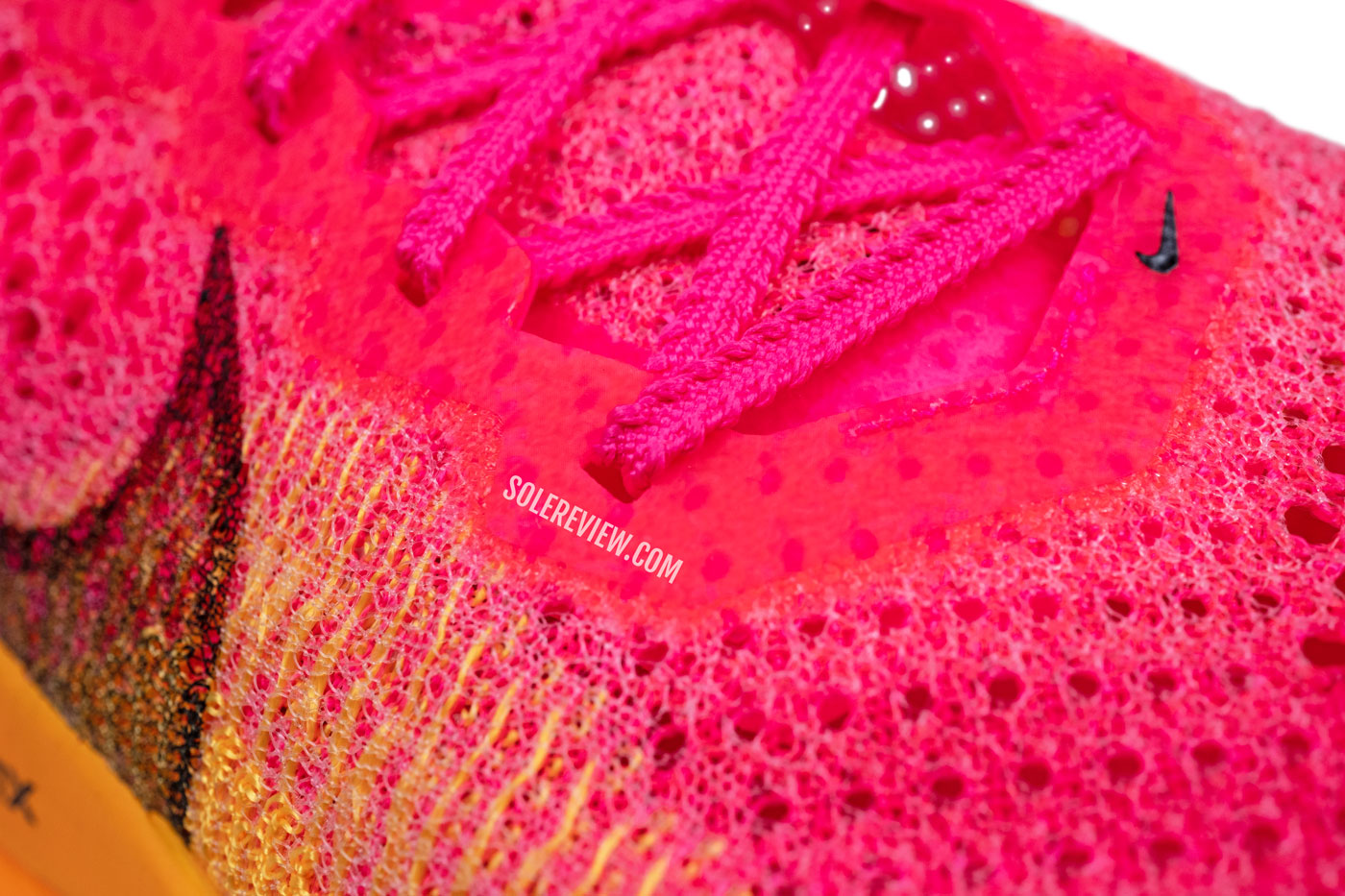
The lacing has a wider spacing and covers less of the forefoot. When compared to the Vaporfly 2, the first row of lacing begins 5 mm away from the front.
The lacing doesn’t go as deep into the forefoot as the Vaporfly 2 did, so that also contributes to the looseness. Lastly, the lacing gap – which is the distance between the opposing eyelets – is wider on the Vaporfly 3.
The rest of the upper fit is okay. The midfoot has a decent hold, and the heel doesn’t slip. The stiff counter and foam pods do their job well. The tongue, while a bit long, doesn’t bite the instep. The Vaporfly 3 fits true to size.
The serrated design of the laces keeps them from getting untied during a run.
On the road, the loss of what made the Vaporfly special is felt with each footstrike. The looser upper does a lesser job of extracting the springy feel of the ZoomX foam and spring-loaded plate. Compared to the enthusiastic ride quality of the Vaporfly 1 and 2, the Vaporfly 3 feels less eager to accelerate. There’s a certain lethargy that was not experienced on the Vaporfly 2.
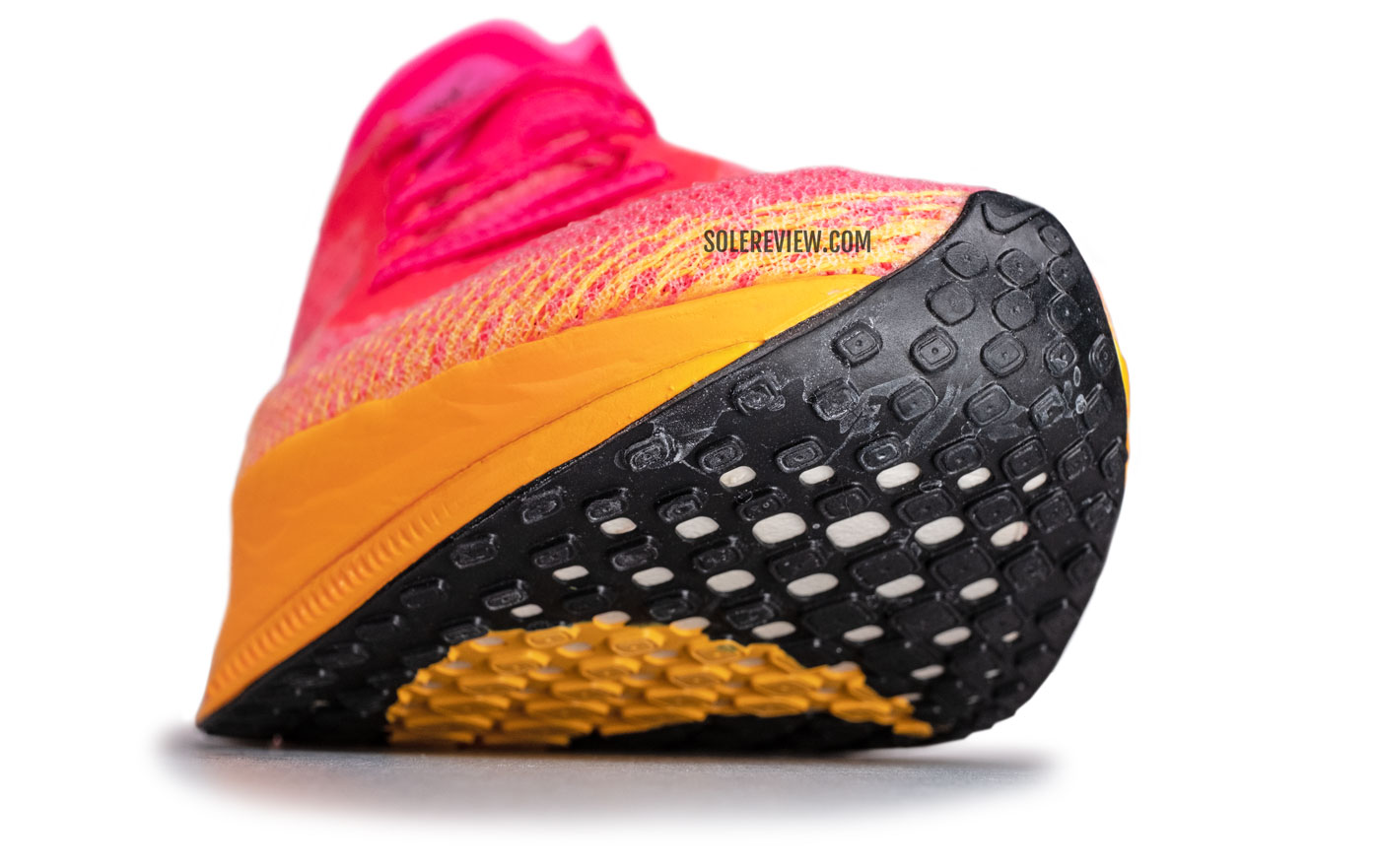
While the Vaporfly 3 has a rocker forefoot, the softer-than-before outsole impedes the roll-forward effect.
The rocker effect is also diluted by the softer outsole. The foot dwells over the forefoot a bit longer than it should, as the perforated outsole lacks the stiffness of the thicker Vaporfly 2 outsole.
While the traction is more or less the same, the VF 3 has a slight edge over the VF 2. The softer outsole offers a higher contact area as its flexibility results in a wider spread.
The Vaporfly 3 is still a fast shoe. At 200 grams (7 ounces), this is as lightweight as it gets. The bouncy ZoomX and Carbon plate work well together, and the overall ride experience is distraction-free. The outline of the plate isn’t felt at all, as the latter’s integration with ZoomX foam is very well done.
We also like how Vaporfly 3 has stayed away from the Alphafly 3’s flawed insole design. The flat footbed is pasted to the lasting, and has no raised arch areas that could potentially irritate.
If you’re willing to look past the weaker connection with the forefoot midsole, the Vaporfly 3 is a decent race-day shoe, be it a 10K or a marathon. Like the past models, the VF 3 plays well below the 4:30 min/km (7:00 min/mile) pace range. It also works best with midfoot/full-contact landings.
The softness of the ZoomX foam makes long runs comfortable, and the stiffness of the plate is an excellent counter to ZoomX – it prevents the midsole from becoming mushy and flat.
The Vaporfly 3 also suffers from the same limitations as before. For example, it’s not ideal for heel strikers due to the low rearfoot stability. Also, opinions are divided on the durability.
Our pair has done okay so far – by being more flexible, the softer outsole is better at taking the hit from foot strikes. On the other hand, there have been reports of the outsole pieces delaminating as well as the usual scuffing of the exposed ZoomX foam.
Regardless, the Vaporfly 3 lacks the heft of an everyday trainer, and should be used sparingly. Reserve it for races and pre-race training in the weeks preceding the race.
If that’s the VF3’s place in a rotation, then the other shoes could be the Saucony Ride 17 or Asics Novablast 4 as a daily trainer. And what about trainers with a plate (or equivalent) that can withstand everyday mileage? The adidas Boston 12 is a safe pick, and the Nike Zoom Fly 5 isn’t bad either.
Tempo training can be covered with either the Hoka Mach 6 or New Balance Rebel V4. Both shoes differ significantly from their previous versions (Rebel 3 and Mach 5), and acquire deeper cushioning as well as rocker midsoles.
And what if you wanted a propulsive marathon trainer that’s durable and also friendly for rearfoot strikers? The adidas Adios Pro 3 is an alternative, followed by the Saucony Endorphin Speed 4.
Heavier runners who don’t mind the shoe weight will like the adidas Prime X2 Strung – a heavy, double-plated shoe with a 50 mm tall heel.
Do you own this shoe? Improve this review by sharing your insights.

